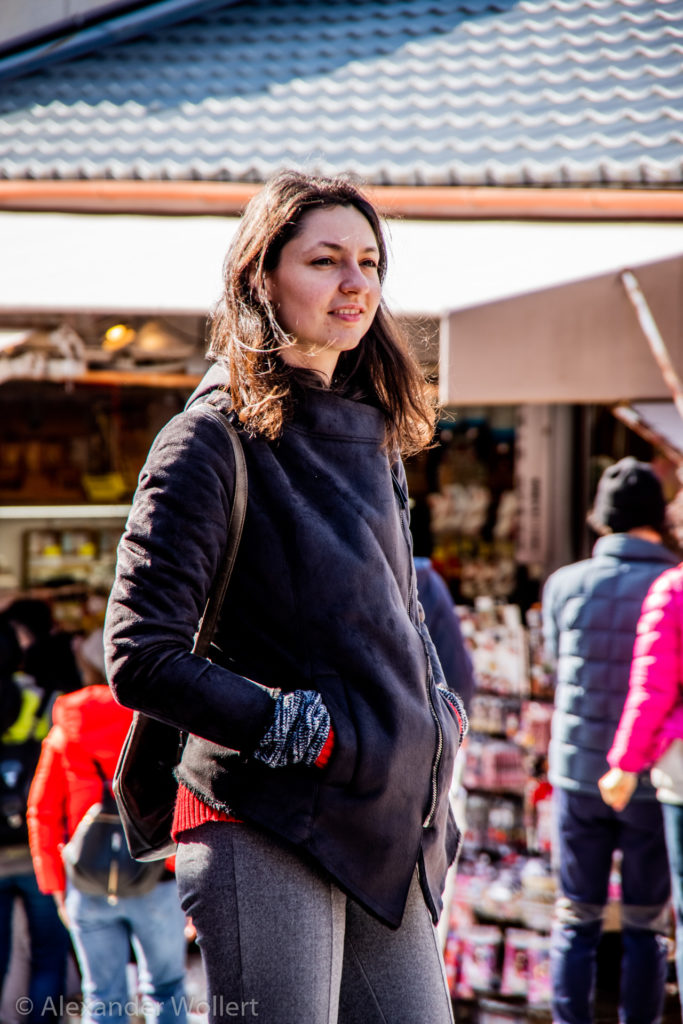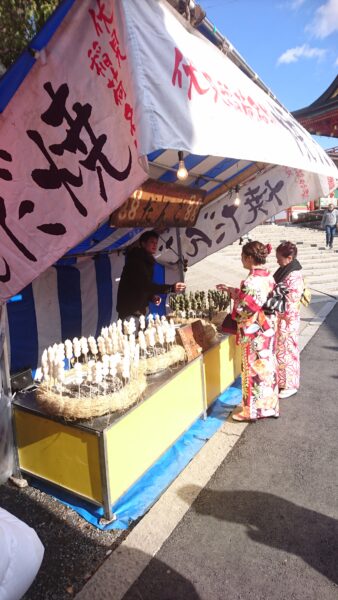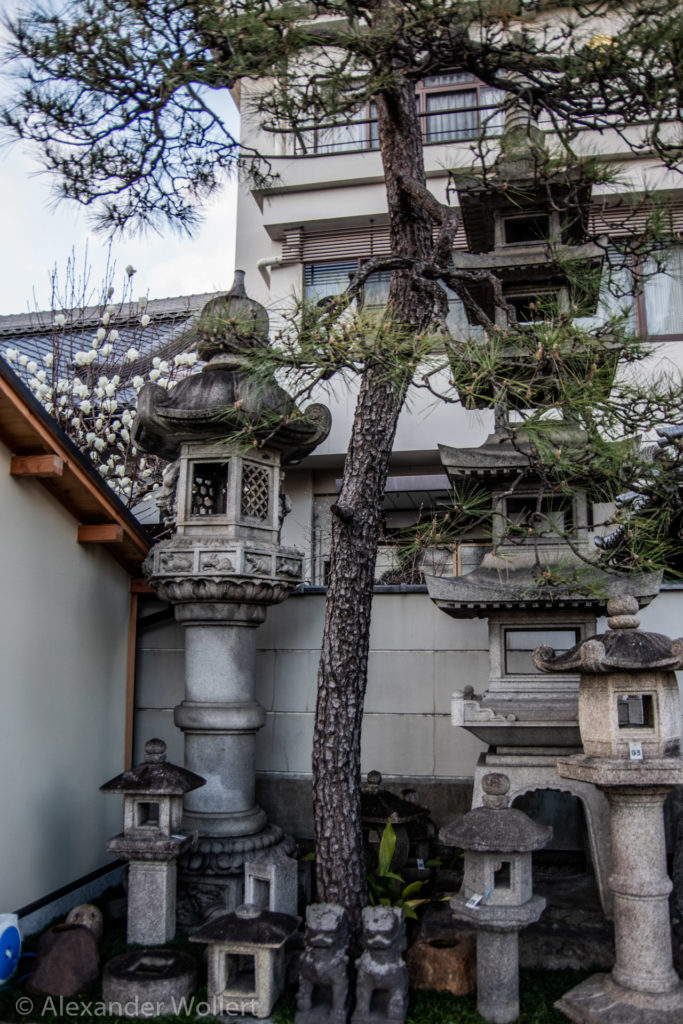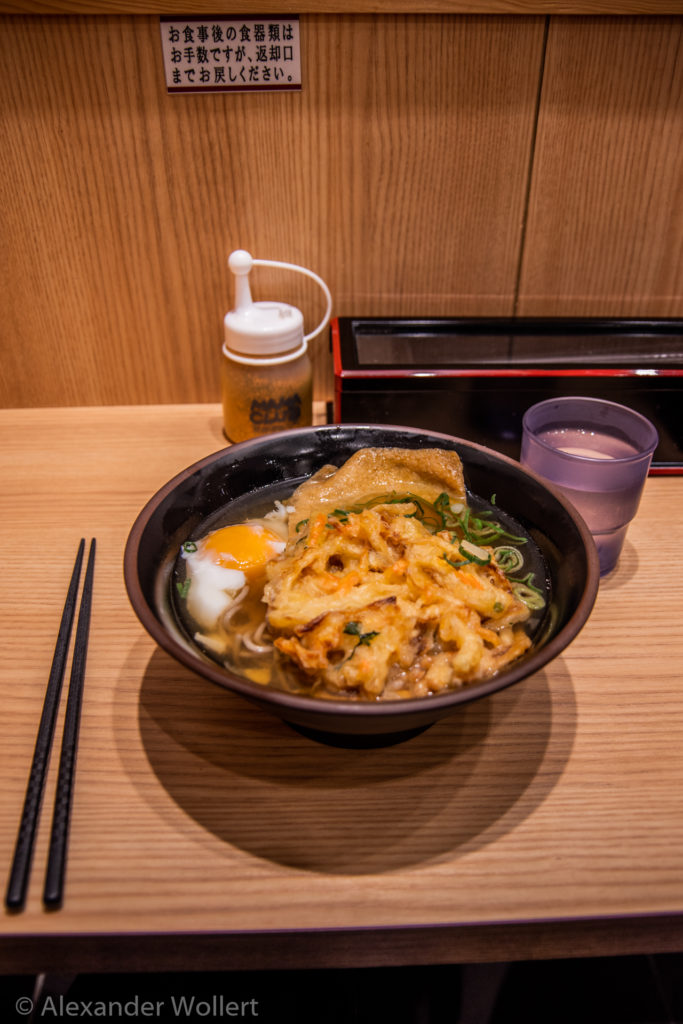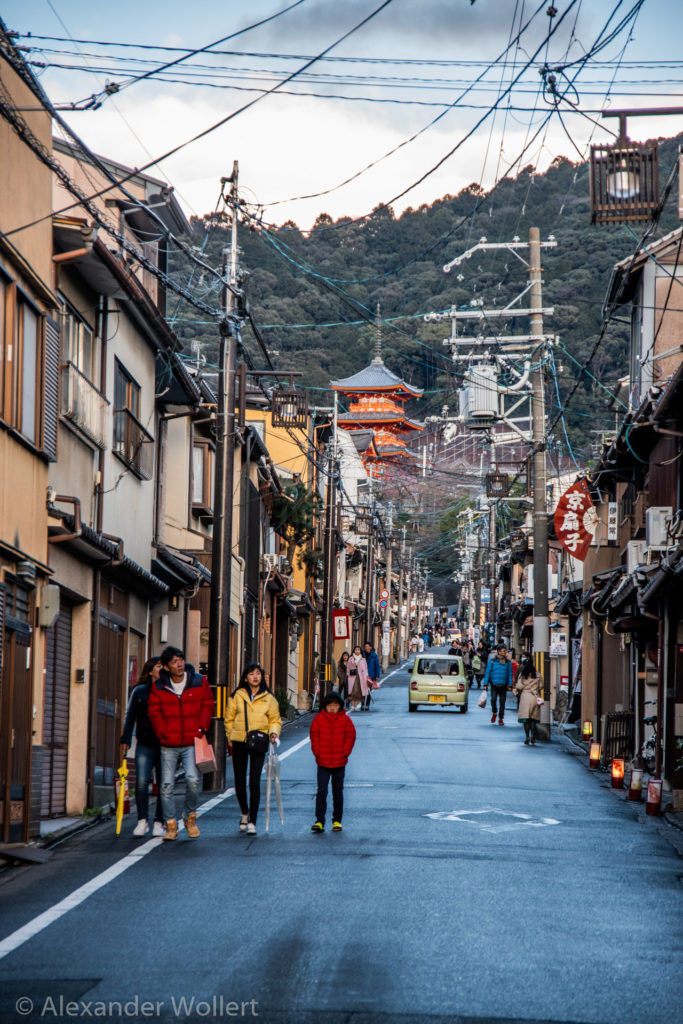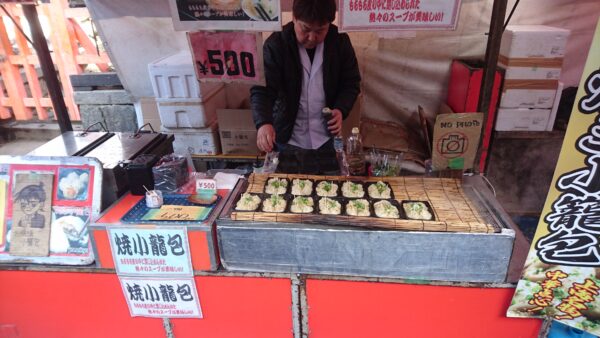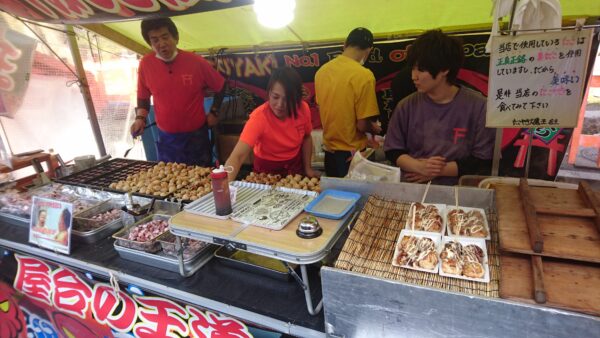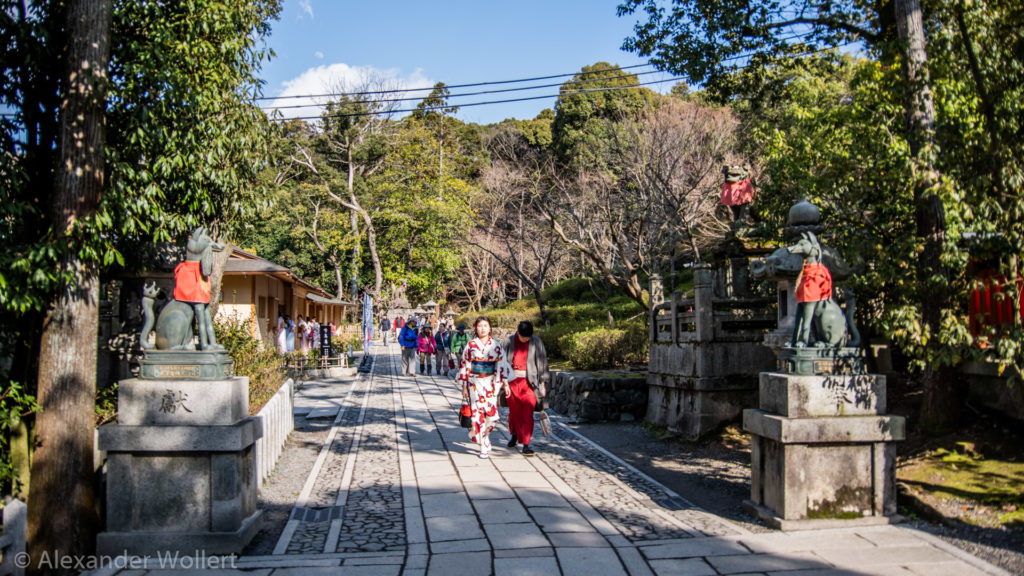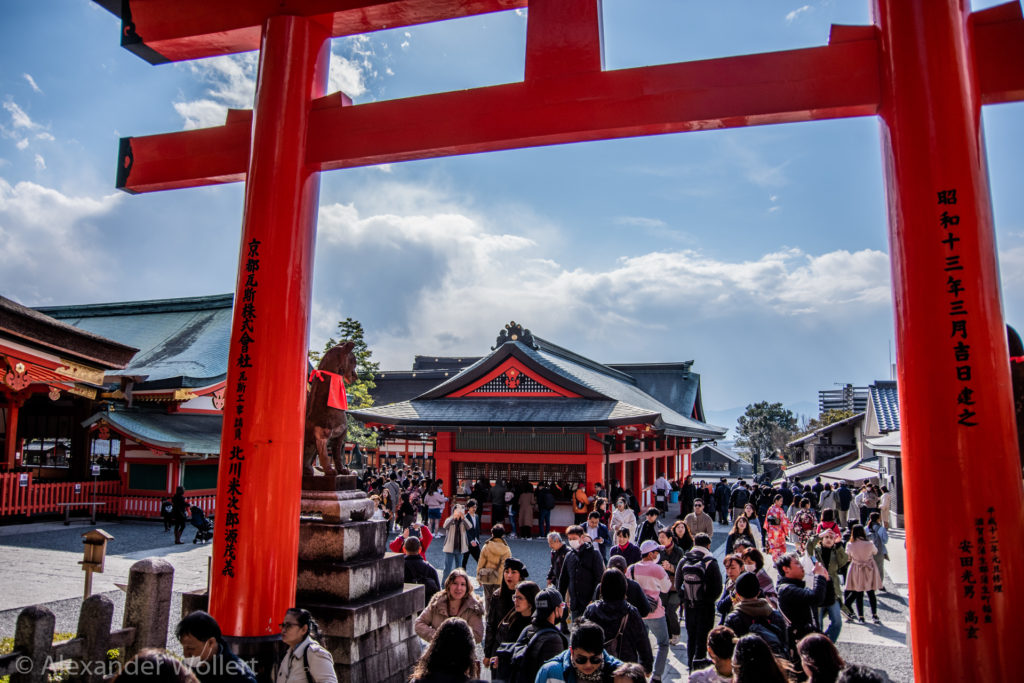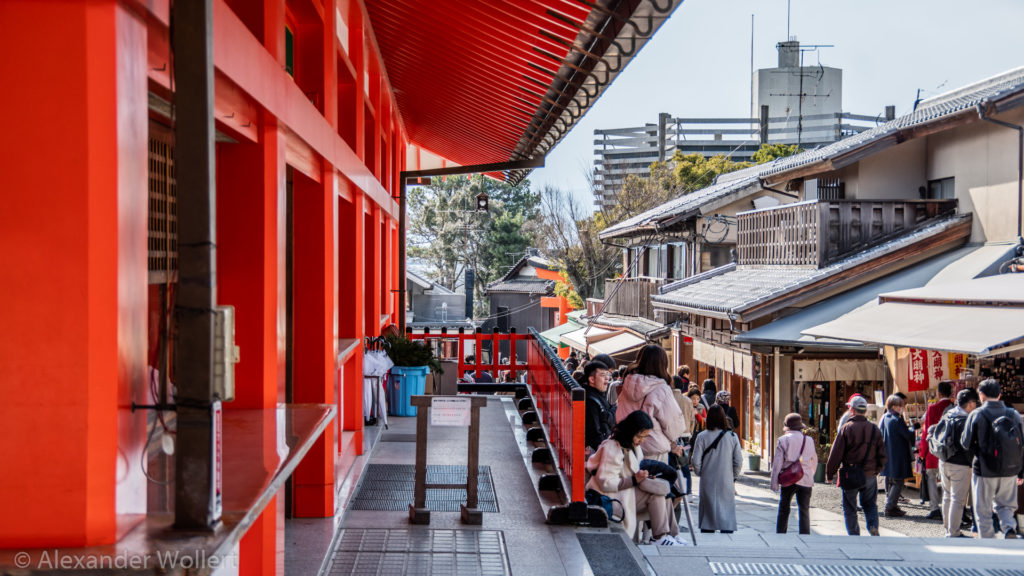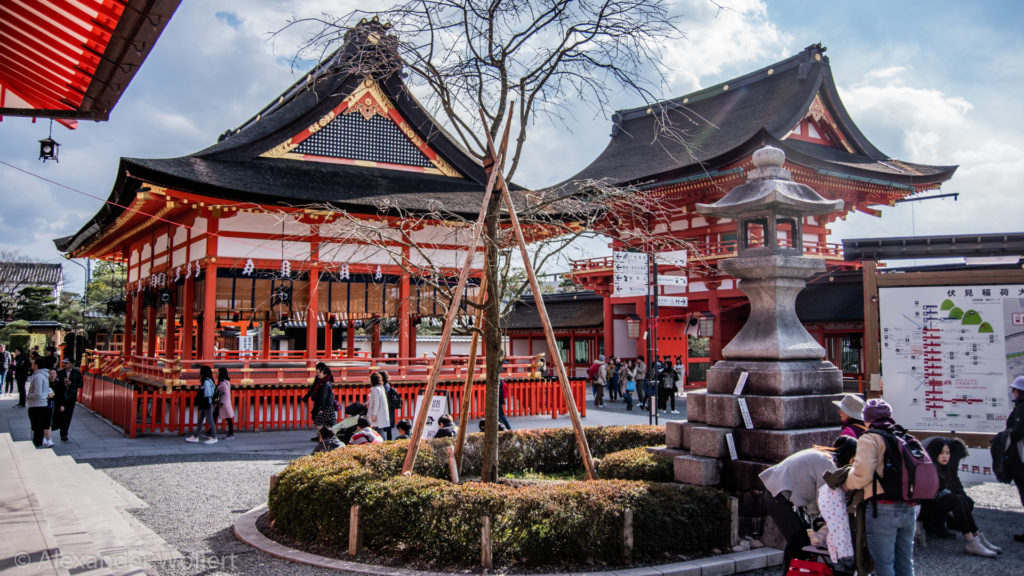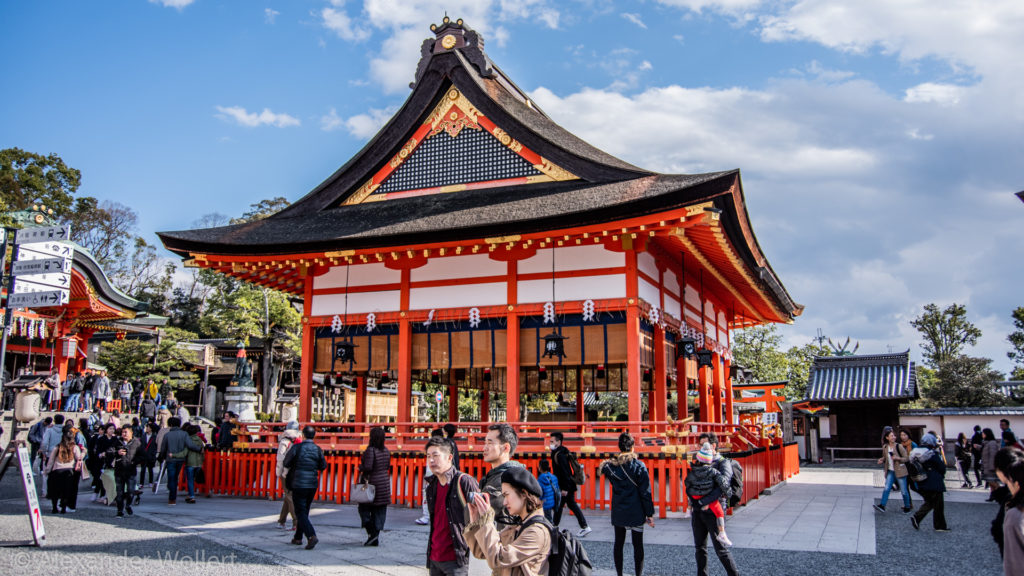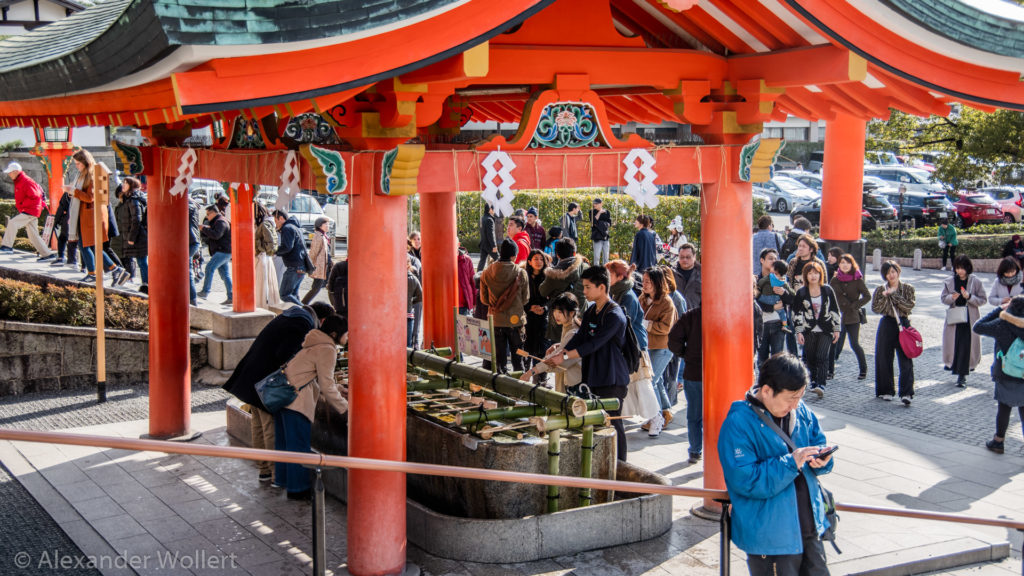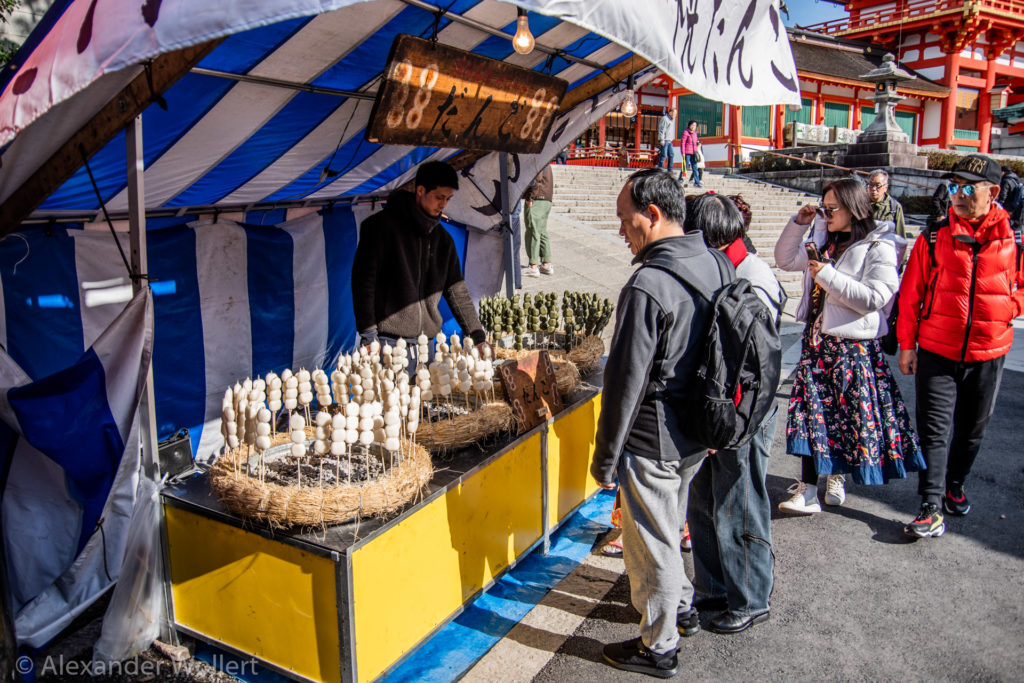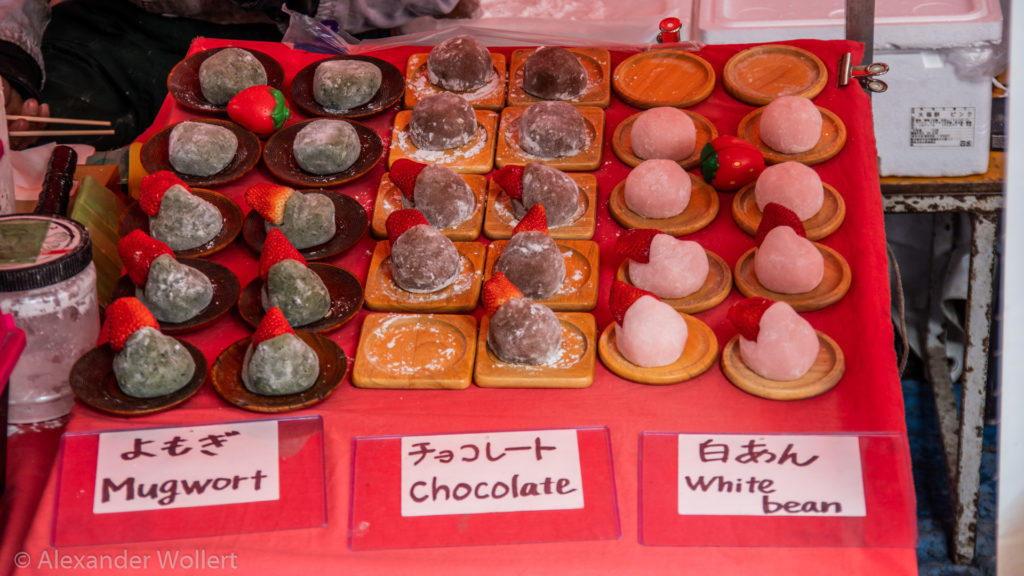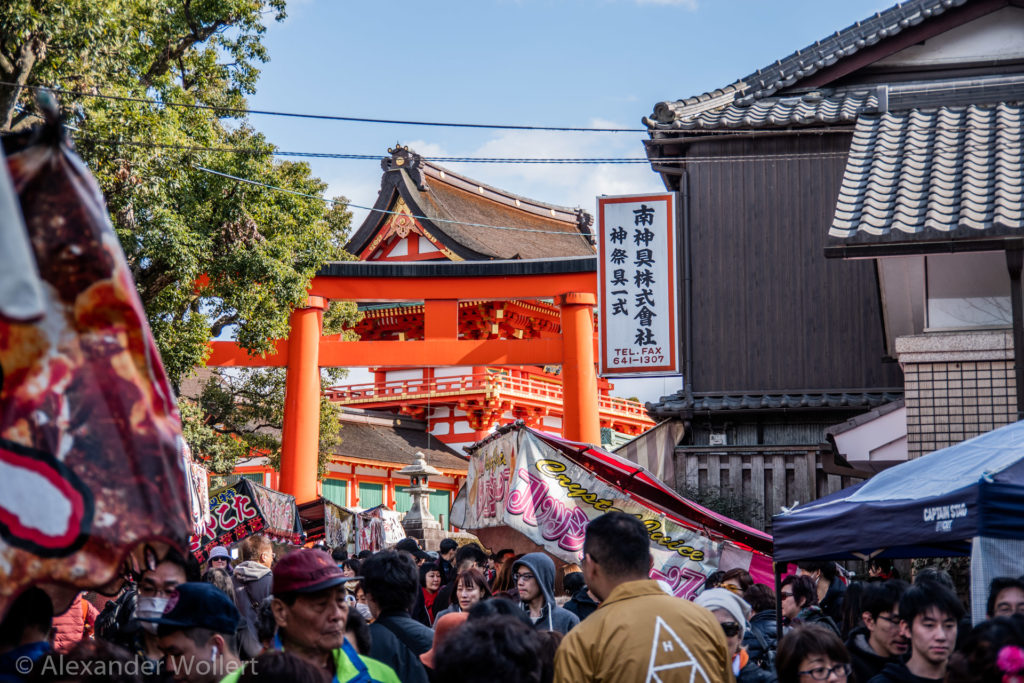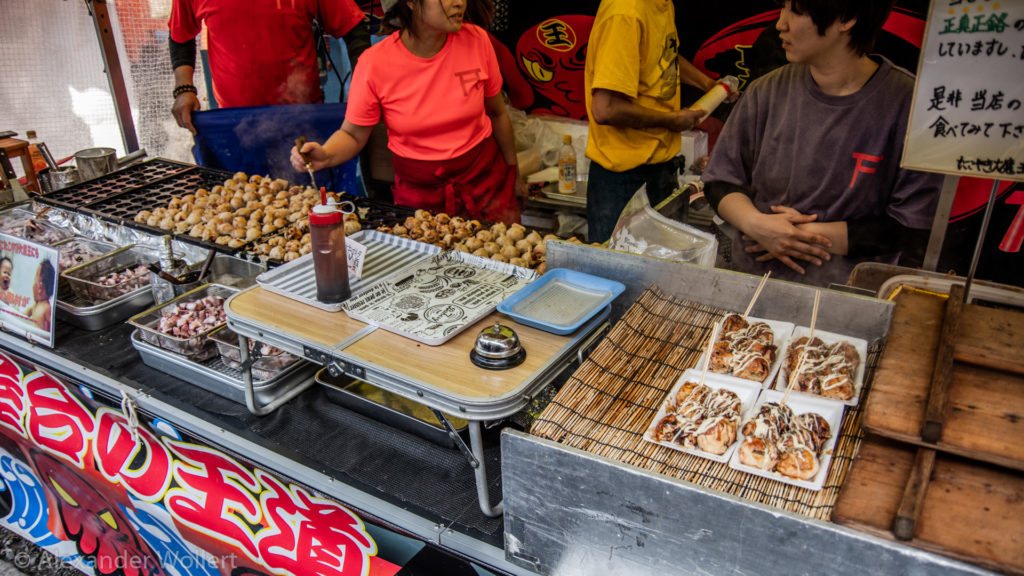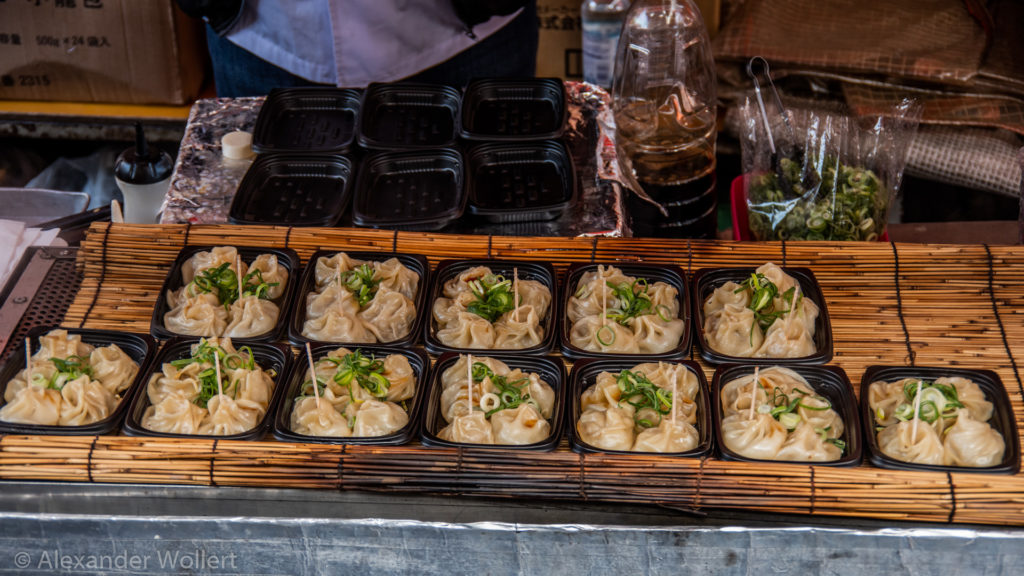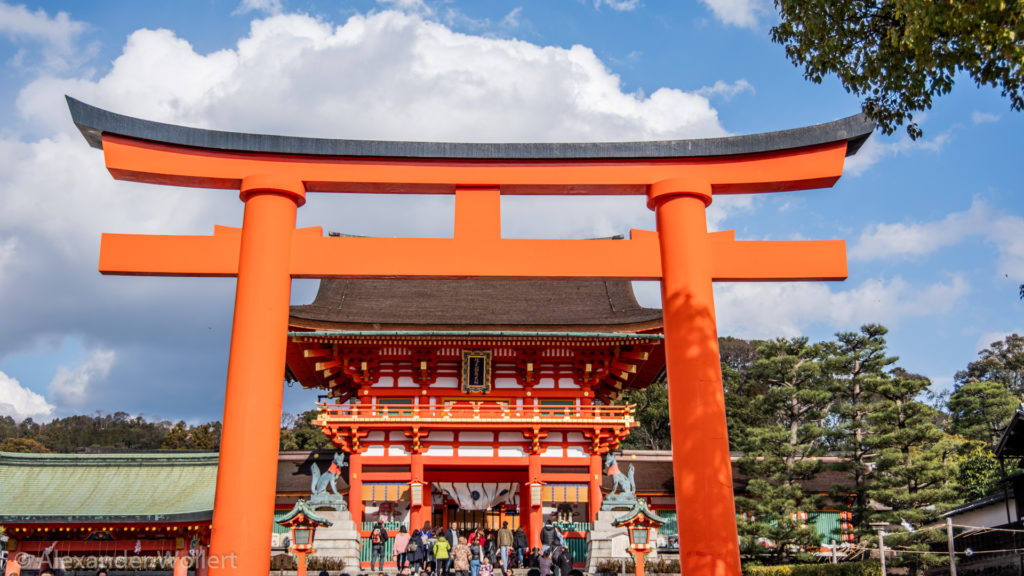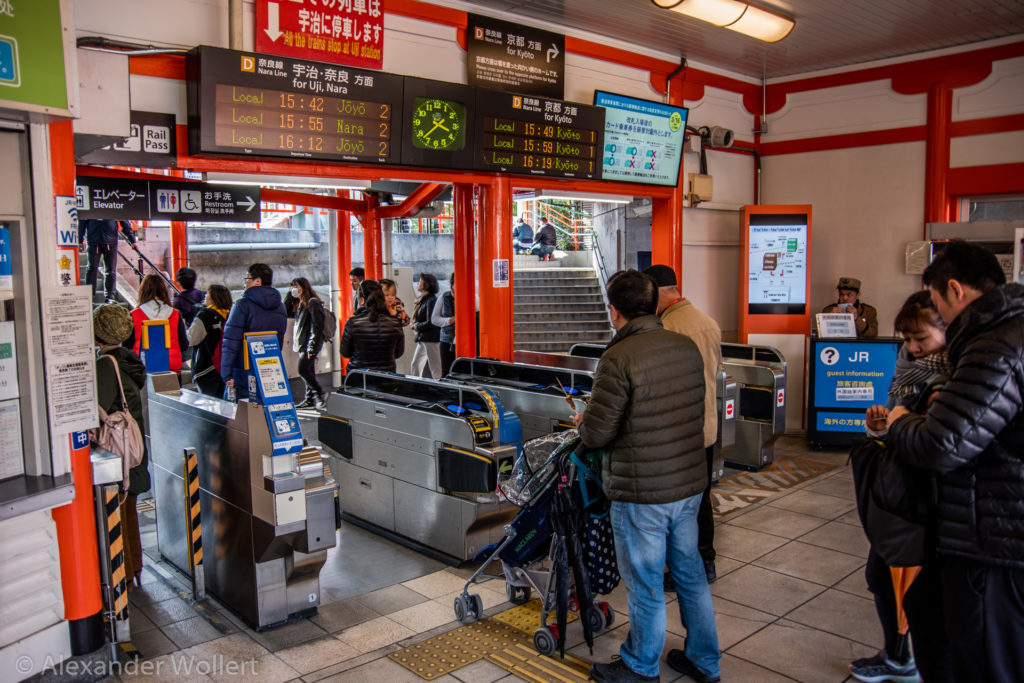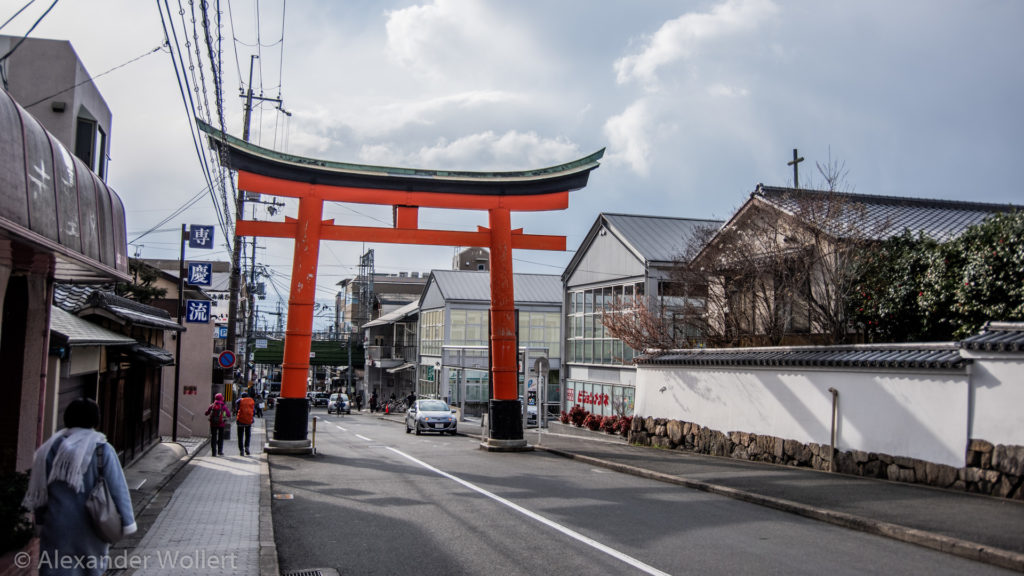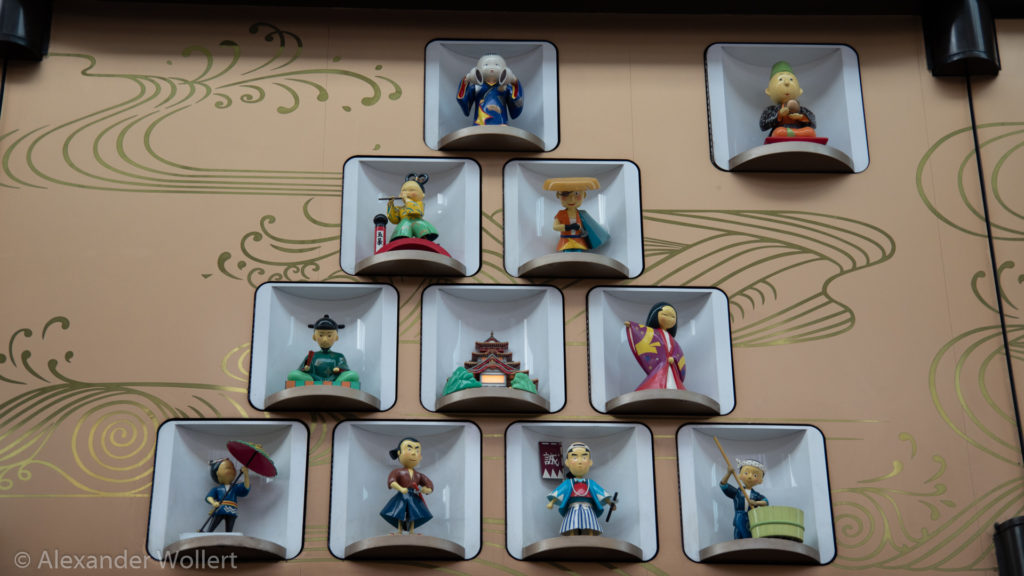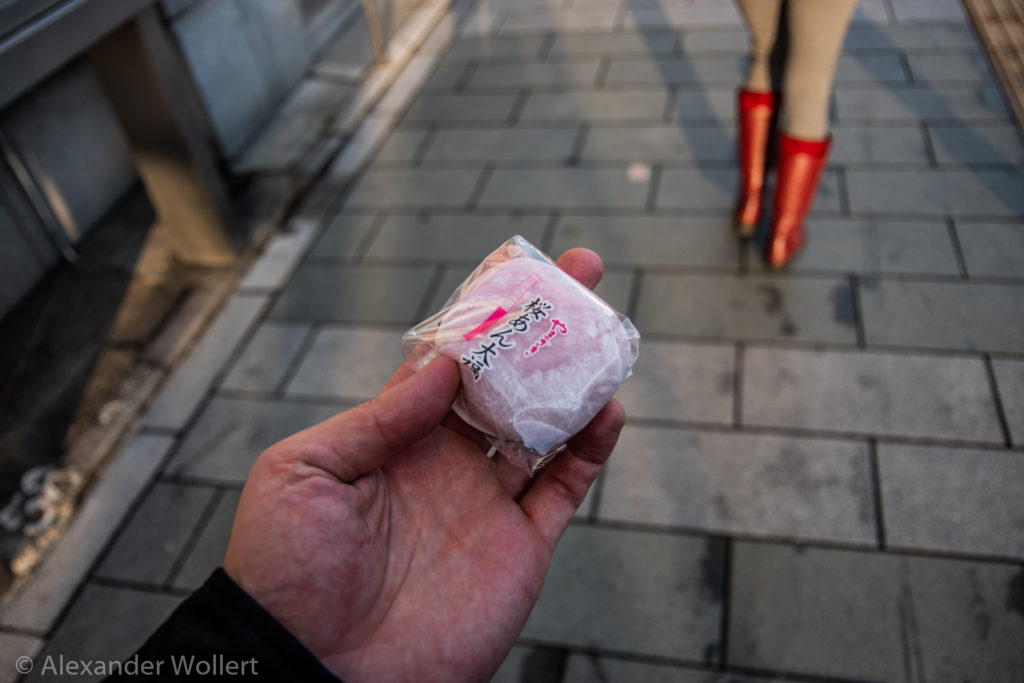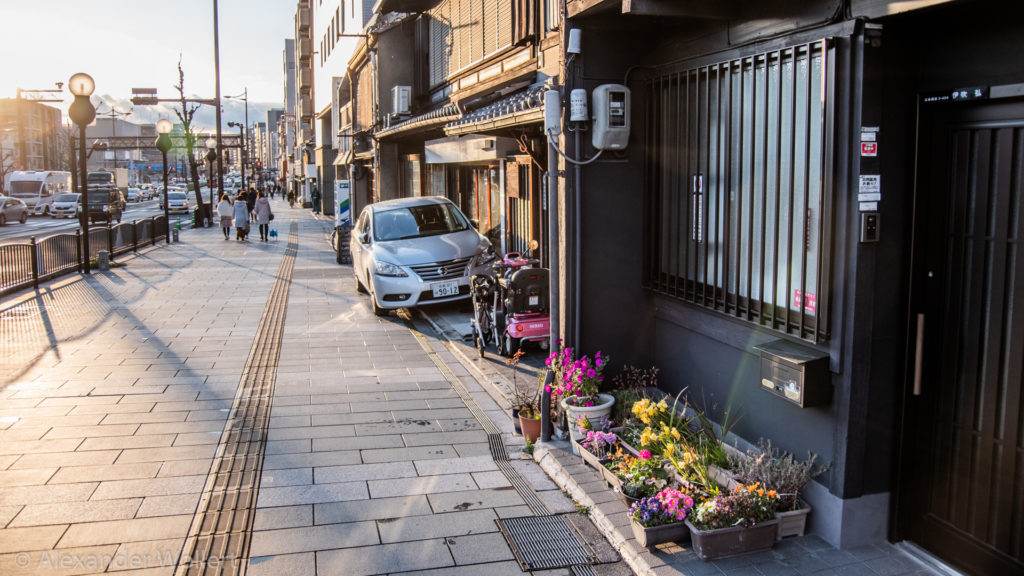Diary Entry
The first attraction my friends take me to is a shrine called Fushimi-Inari Taisha. The word “Taisha” means shrine and I will come across it again and again. The place is outside the city and we have to take a train to get there. The large red gate, called a torii, indicates a boundary between the mortal world and the spiritual world.
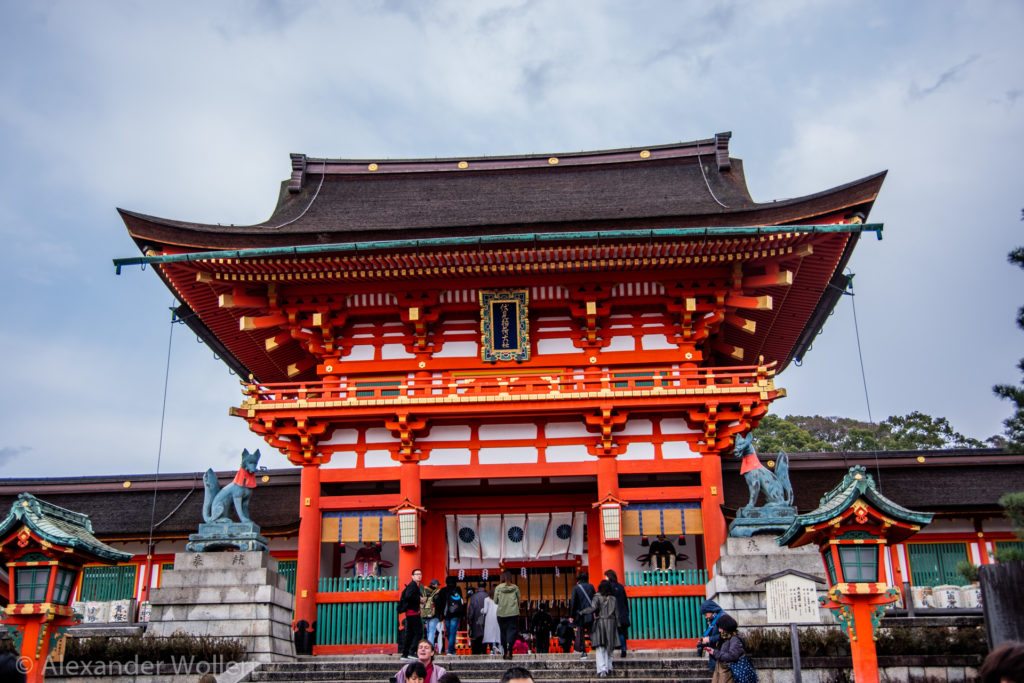
After entering the latter, we walk through avenues of red gates. These gates line the paths all over the mountain. There are also many traditional houses here with the famous curved roofs that provide protection for small holy altars.
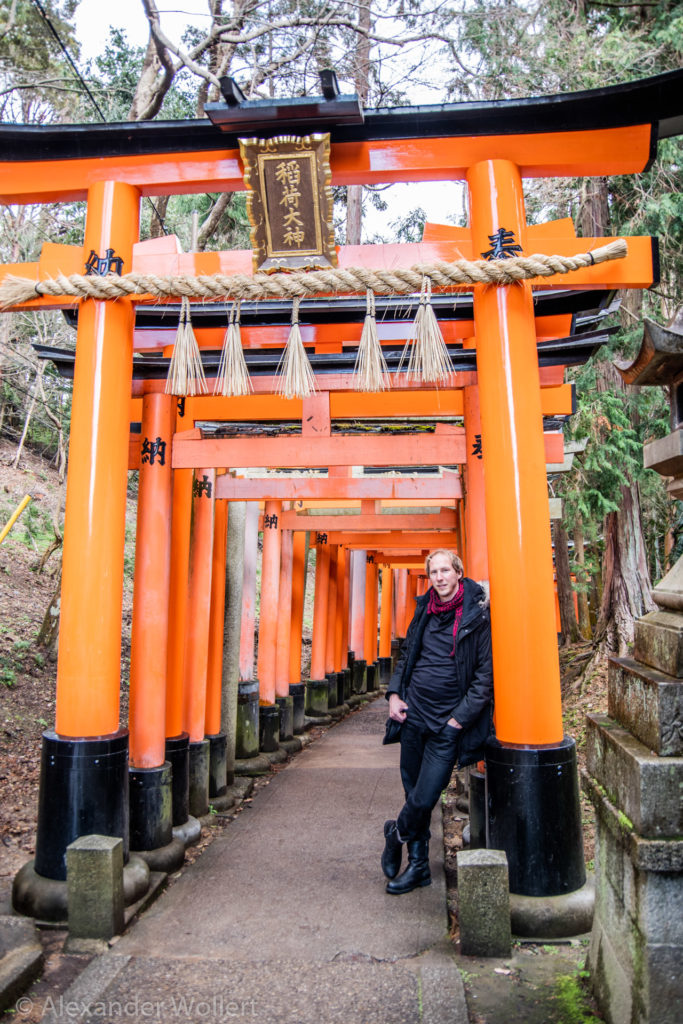
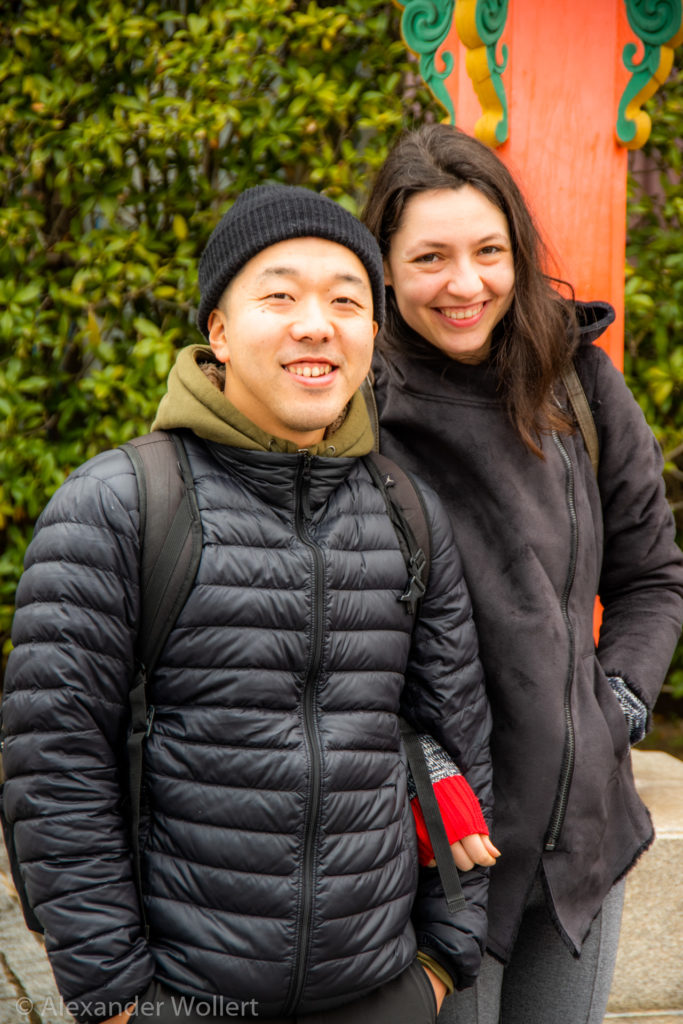
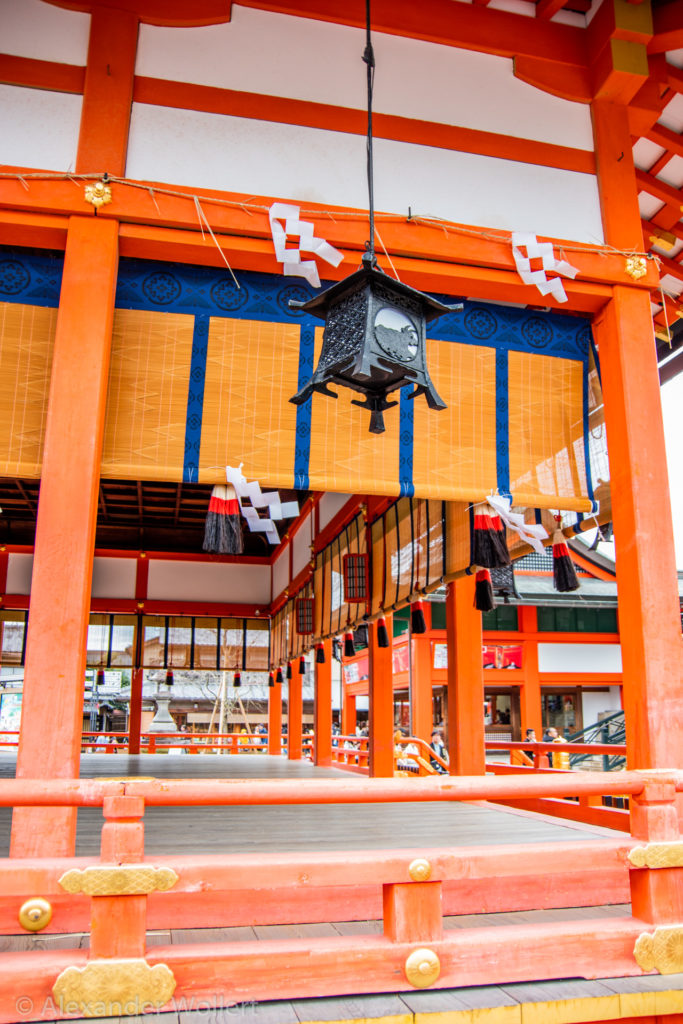
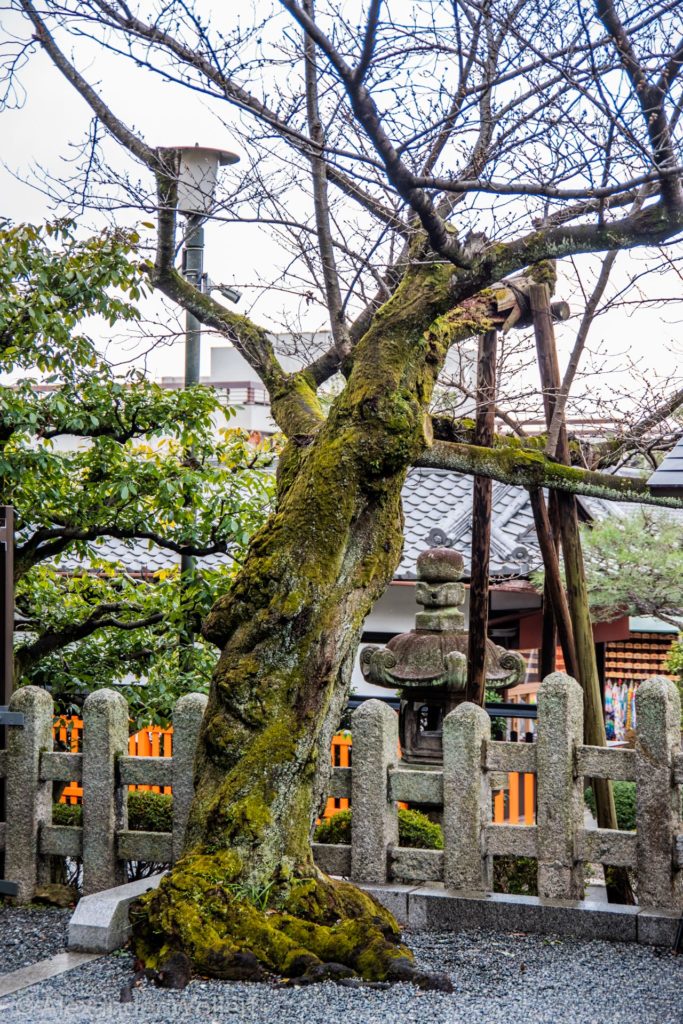

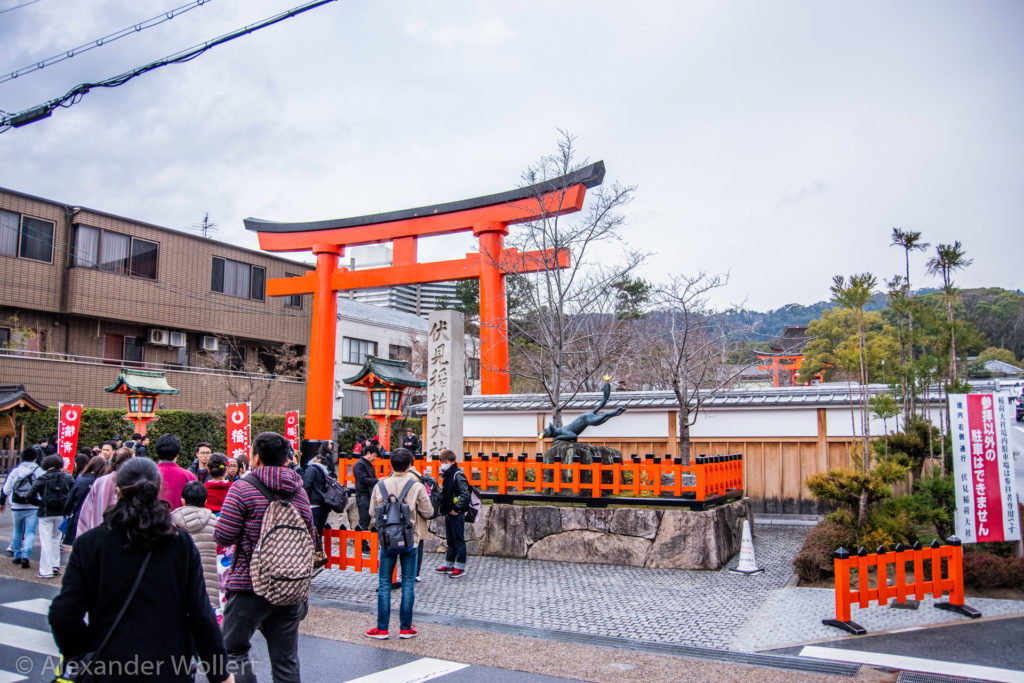
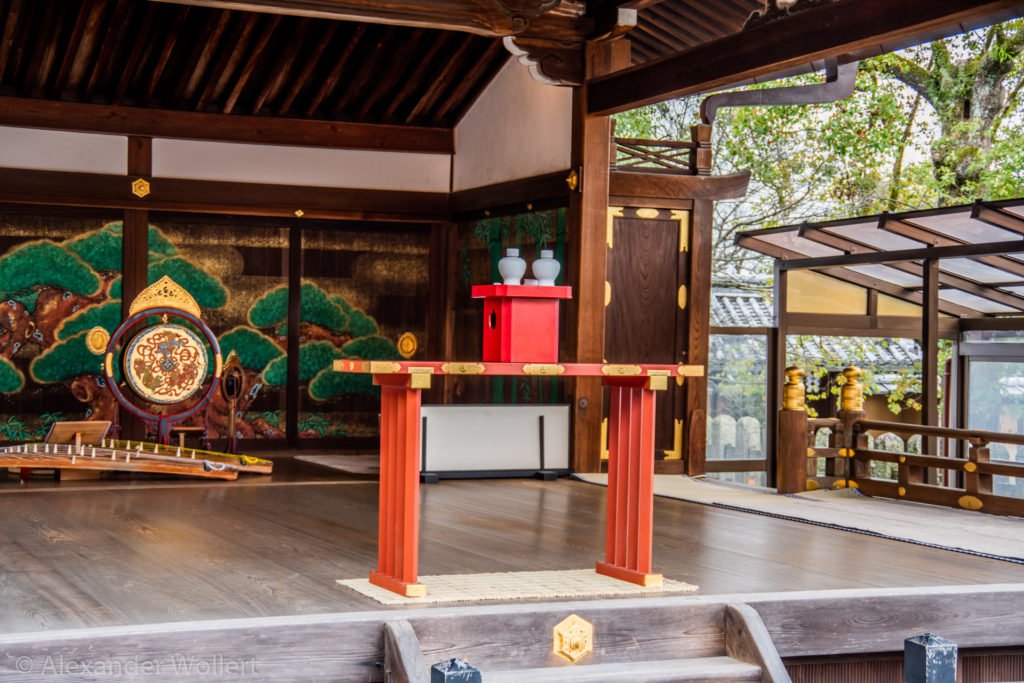

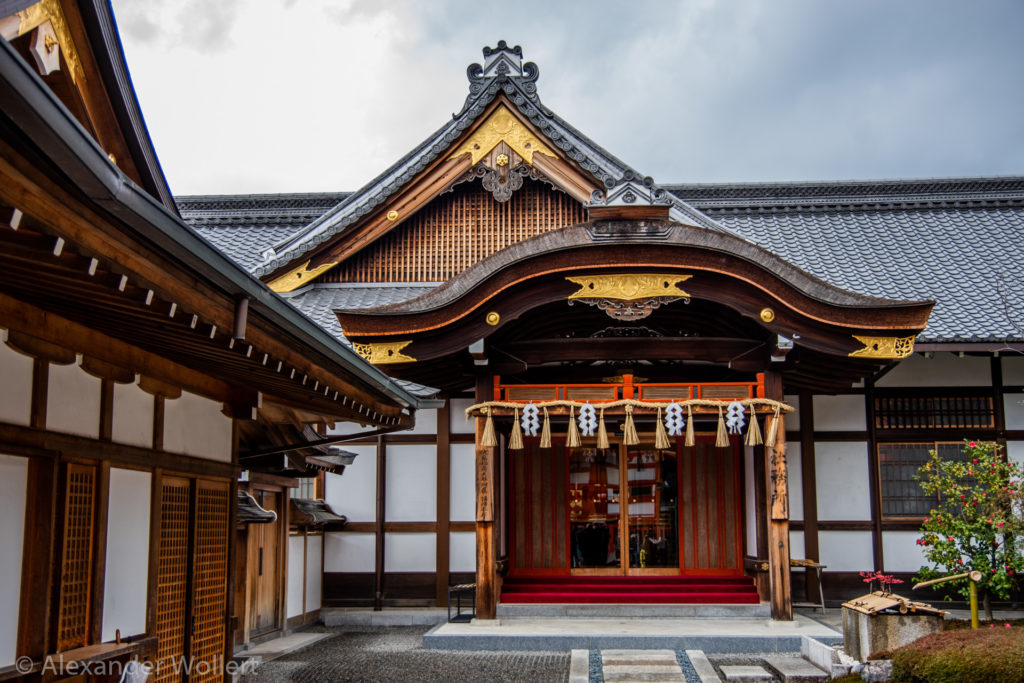
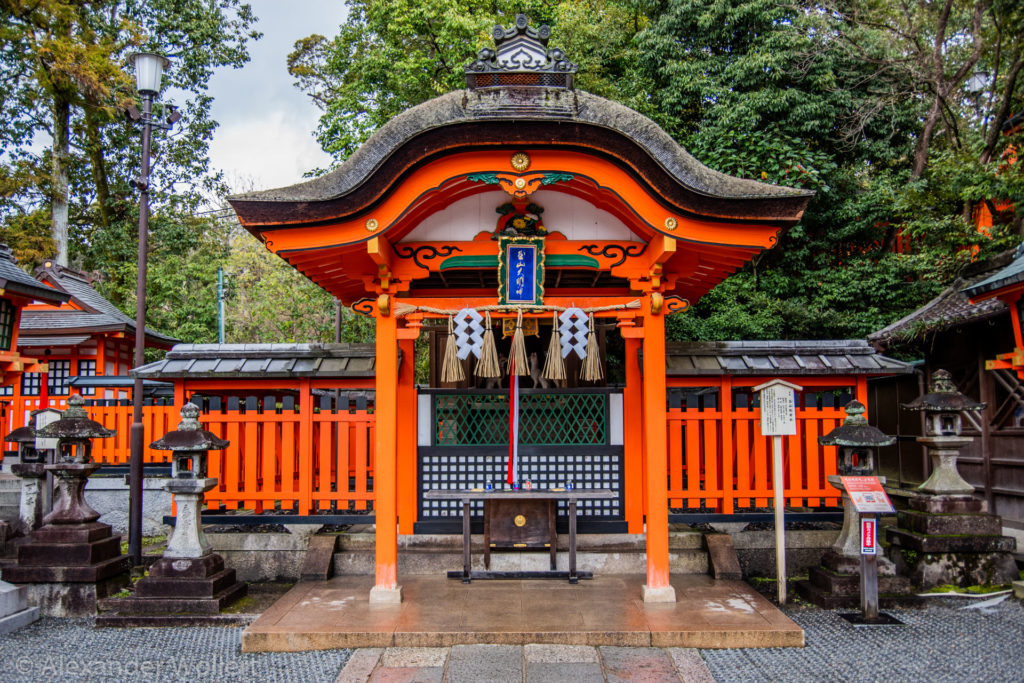
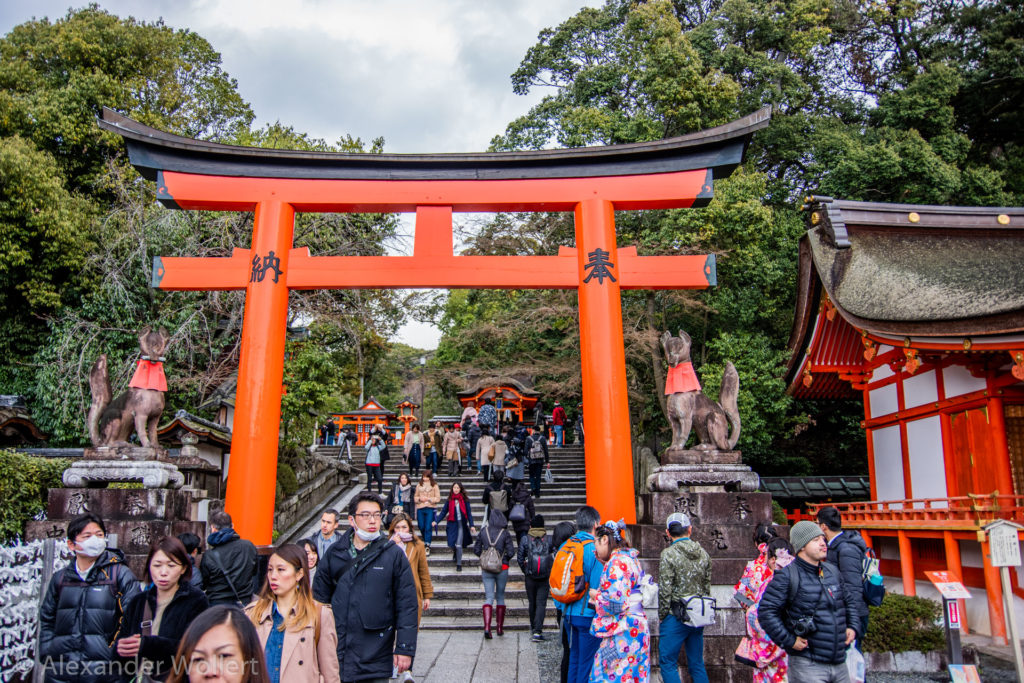

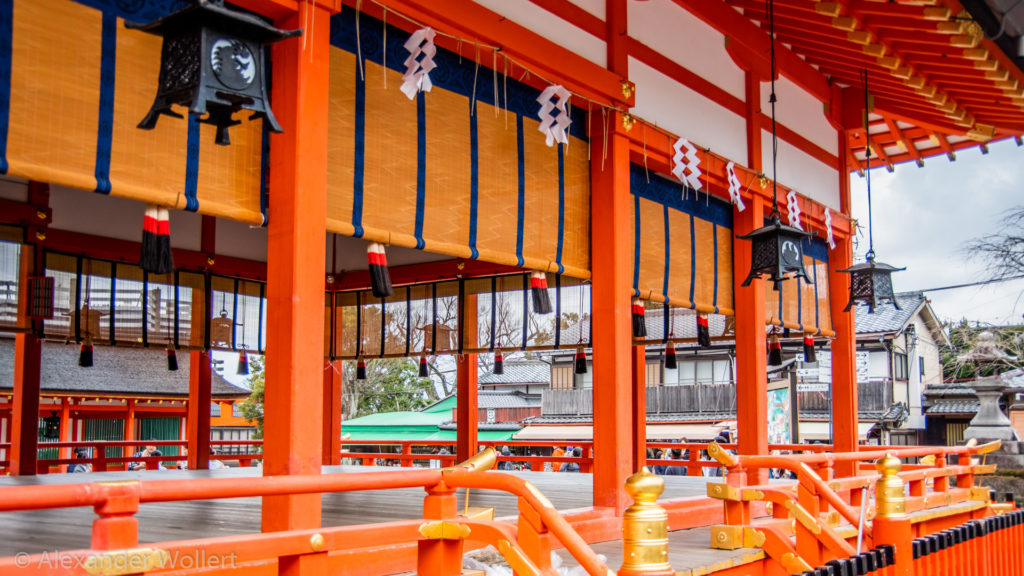
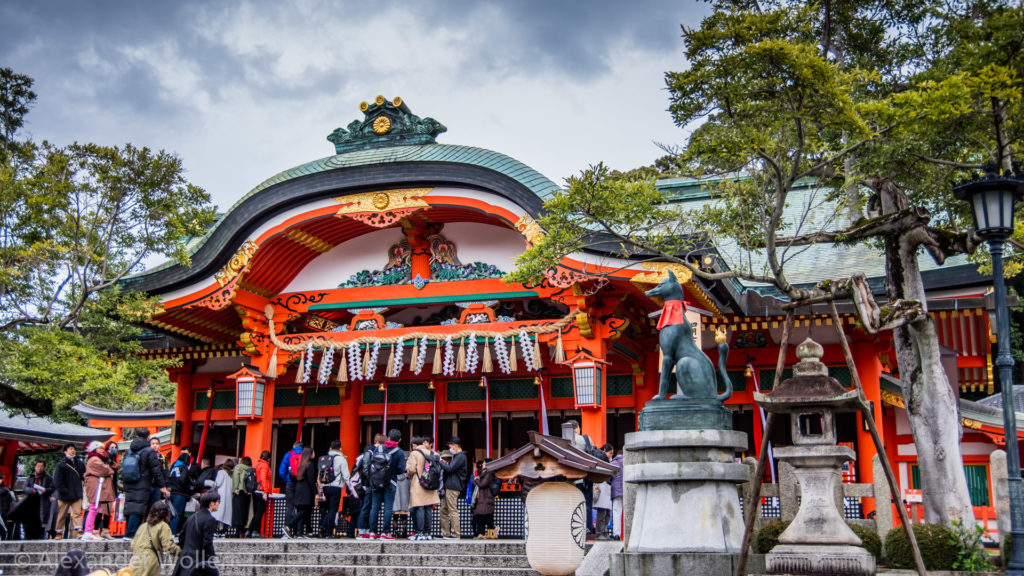

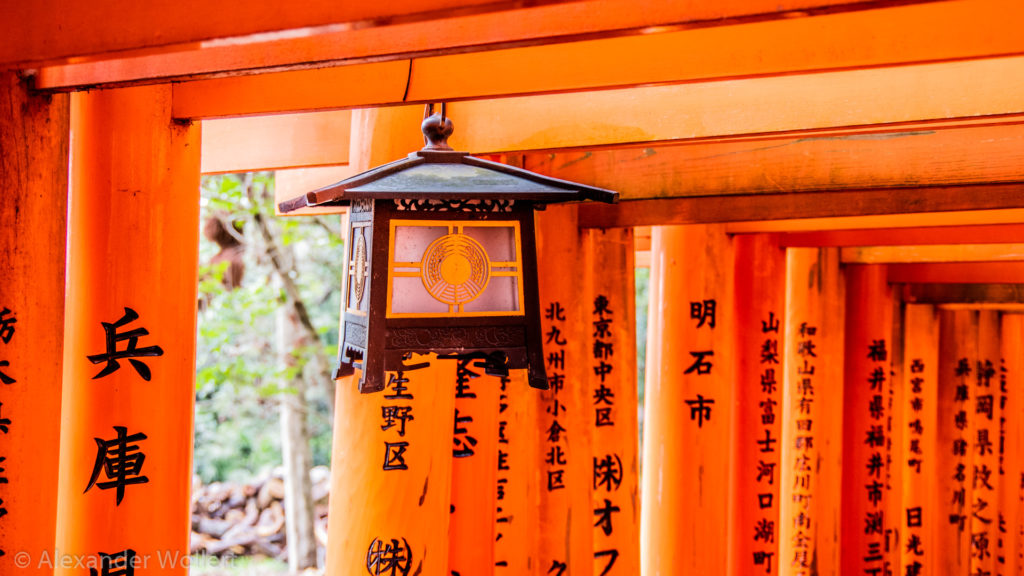

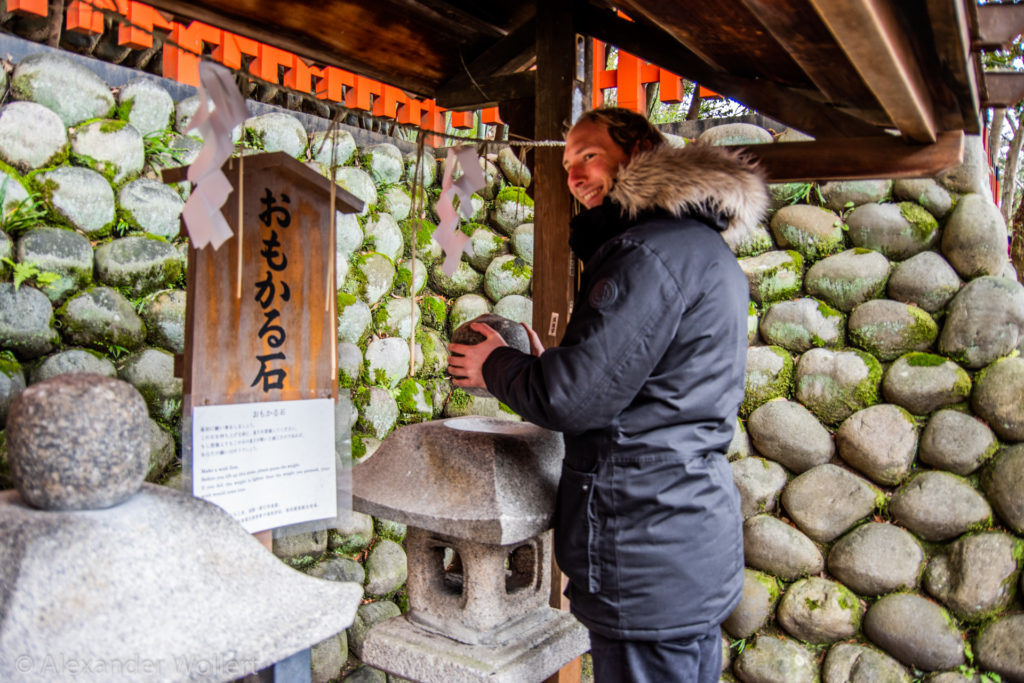
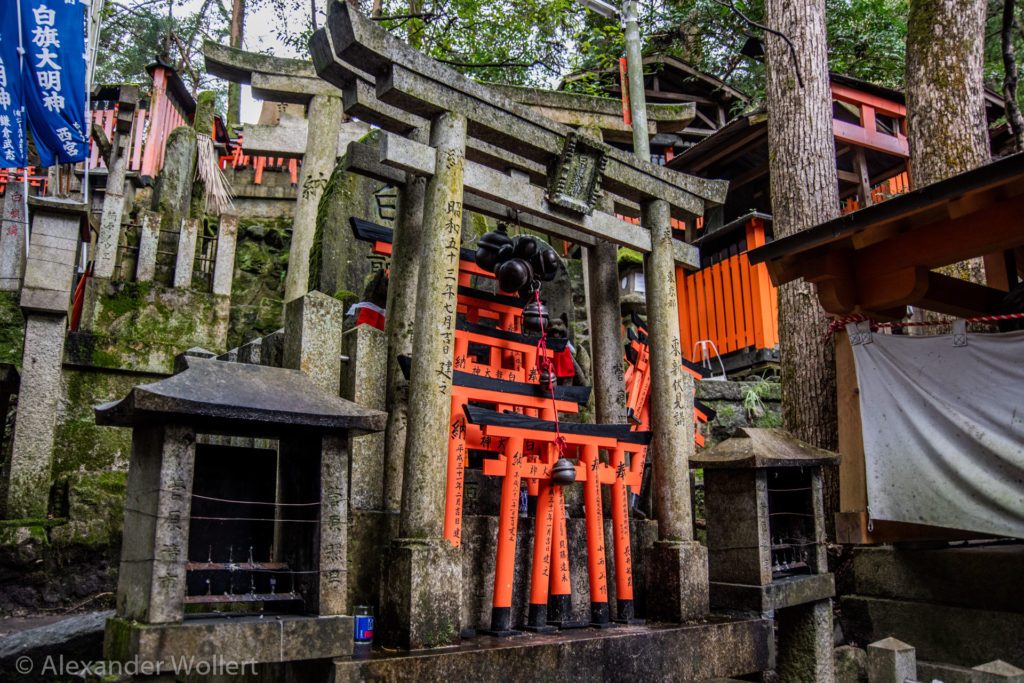
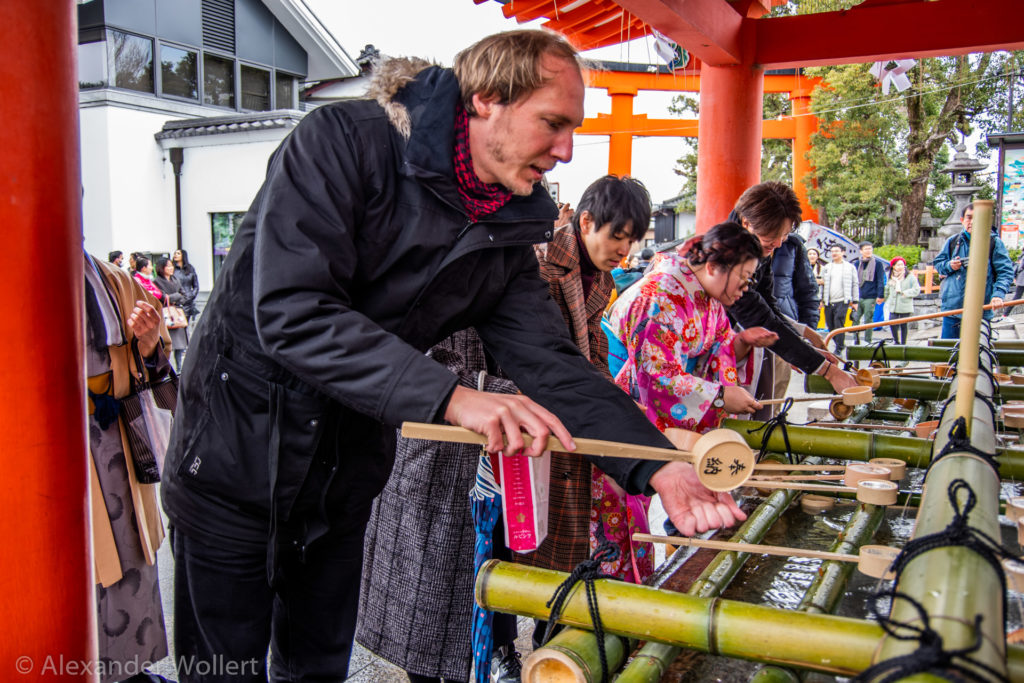


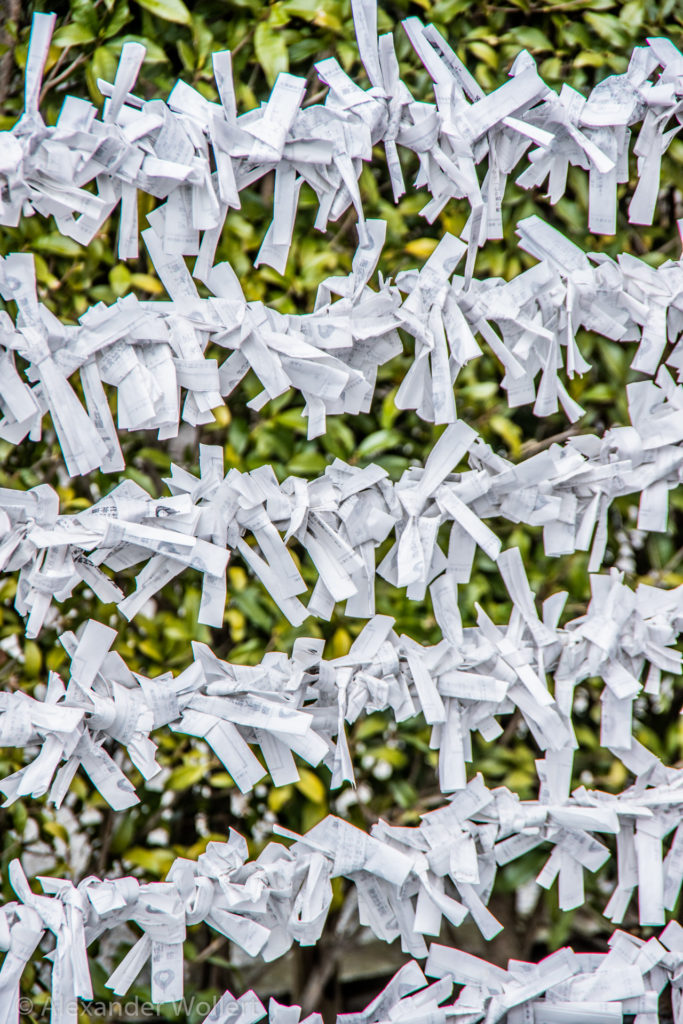
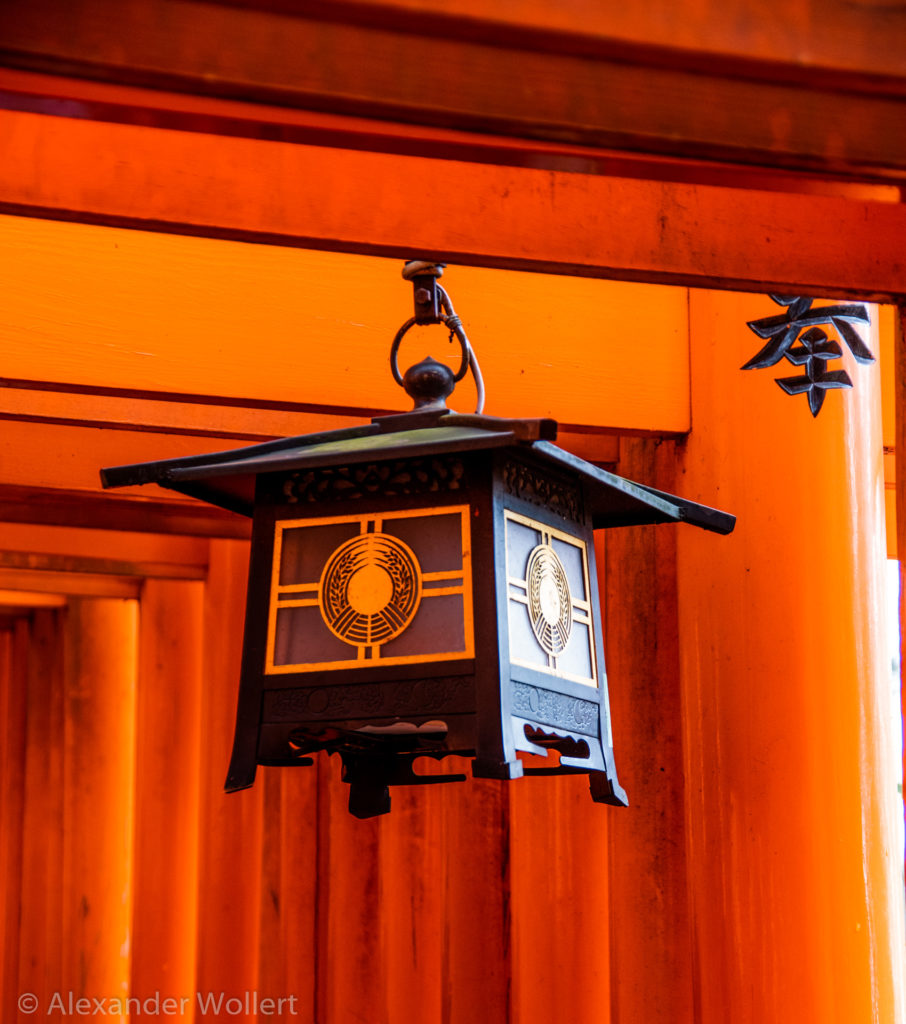
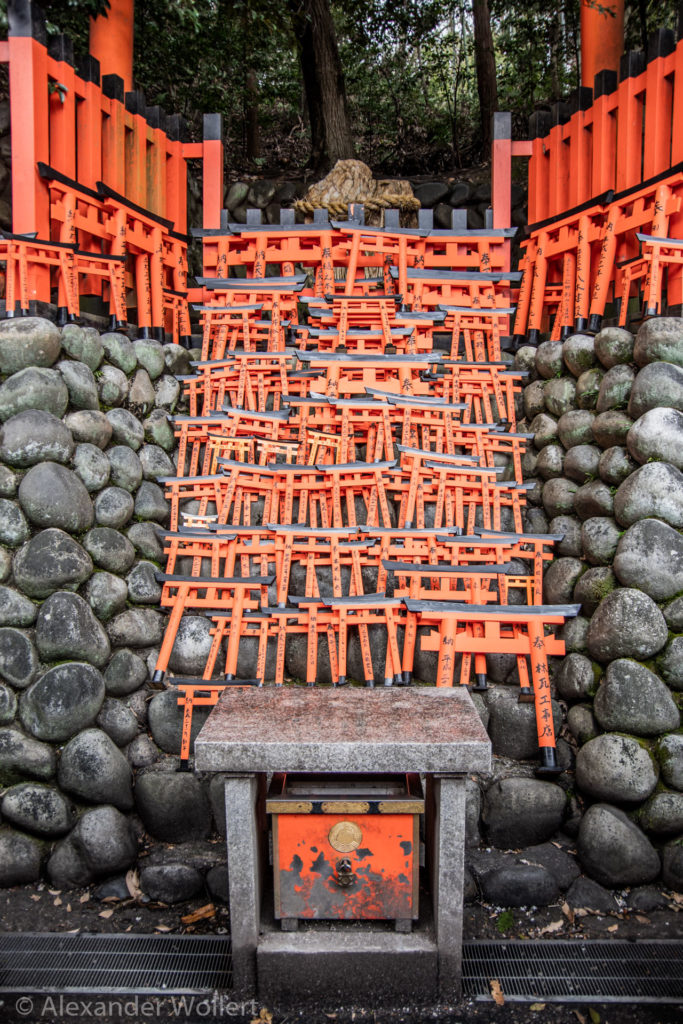
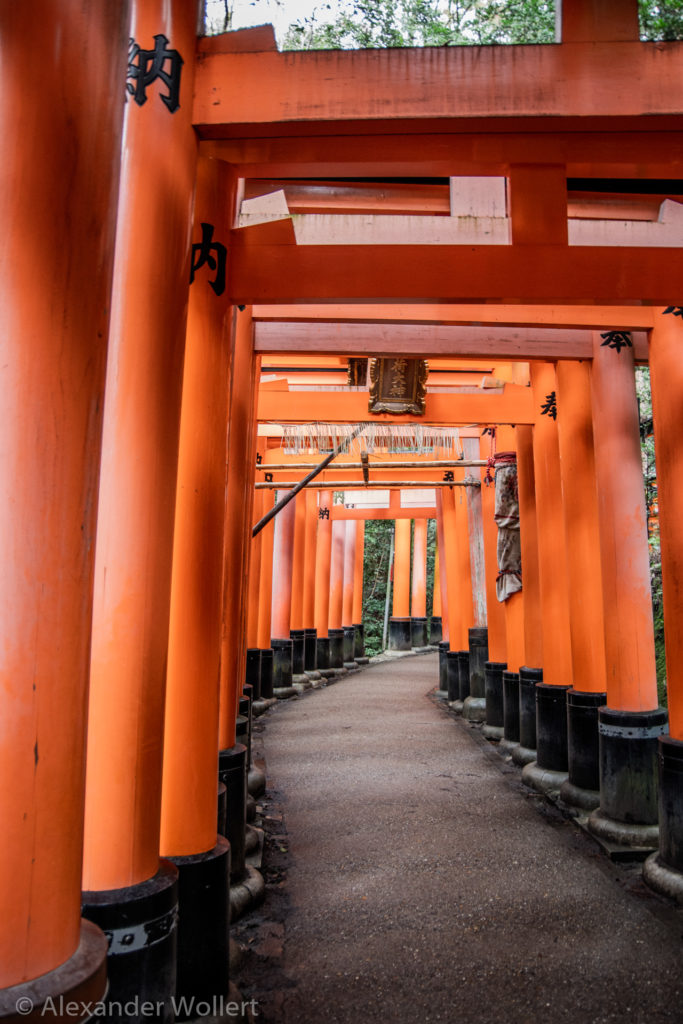
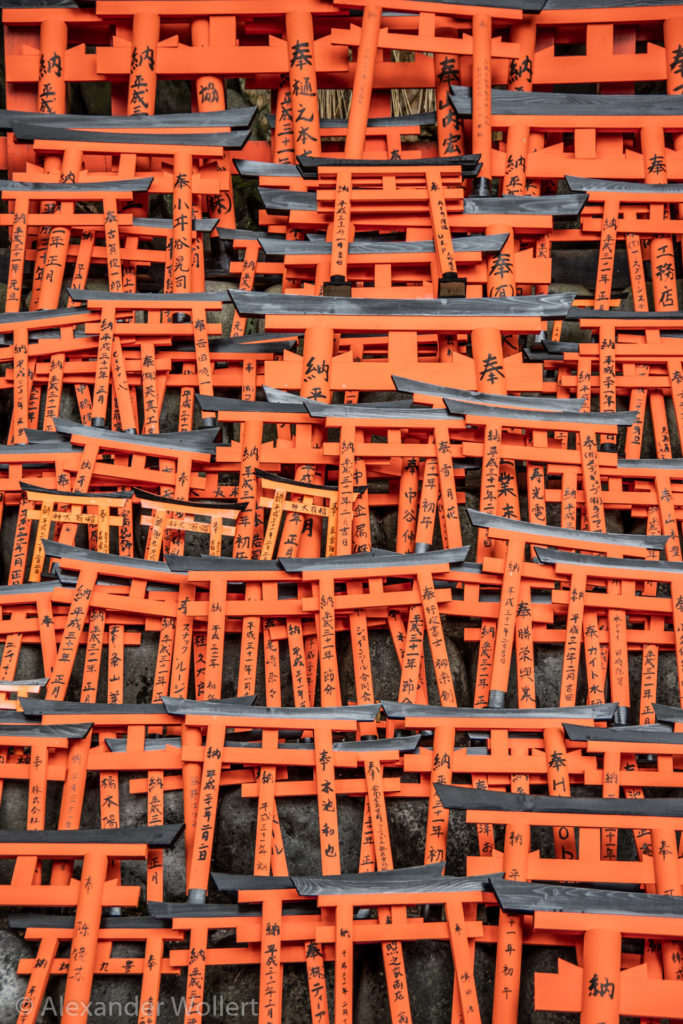
Lesson 8: Anyone can pray at a Shinto shrine
Before approaching an altar to say a prayer, one must go to one of the water fountains, take a wooden spoon and fill it with water. Symbolically you wash your right and left hands and your mouth. Only then can you step in front of the shrine. A gong or bell is rung there to awaken the resident spirit. You clap twice, bow, make your wish and finally bow again before leaving. As simple as that.
Lesson 9: Shintoism is not a religion
Japanese people explain to me that these shrines were built in places where there are powerful natural monuments such as mountains, waterfalls or springs. They build a shrine to make wishes from a local spirit or to commemorate ancestors. If you ask Japanese people about their religion they will say they don’t have one. Even if they pray every day. There is no God and no obligation in Shintoism. It’s more about using and maintaining traditional places of meditation and contemplation. That’s why no Japanese will say that strangers should stay away from these shrines. They are there for everyone. Buddhism came later to the Japanese islands and fit perfectly with the existing traditions. Many Shinto shrines also contain Buddha statues and no distinction is made between Buddhist and Shinto shrines.
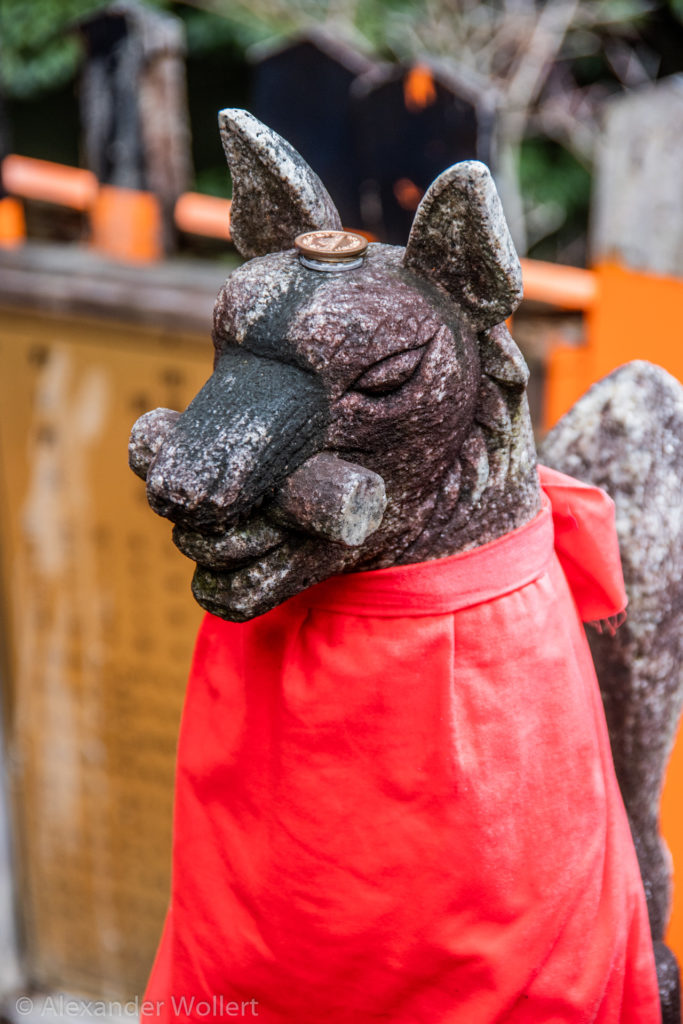
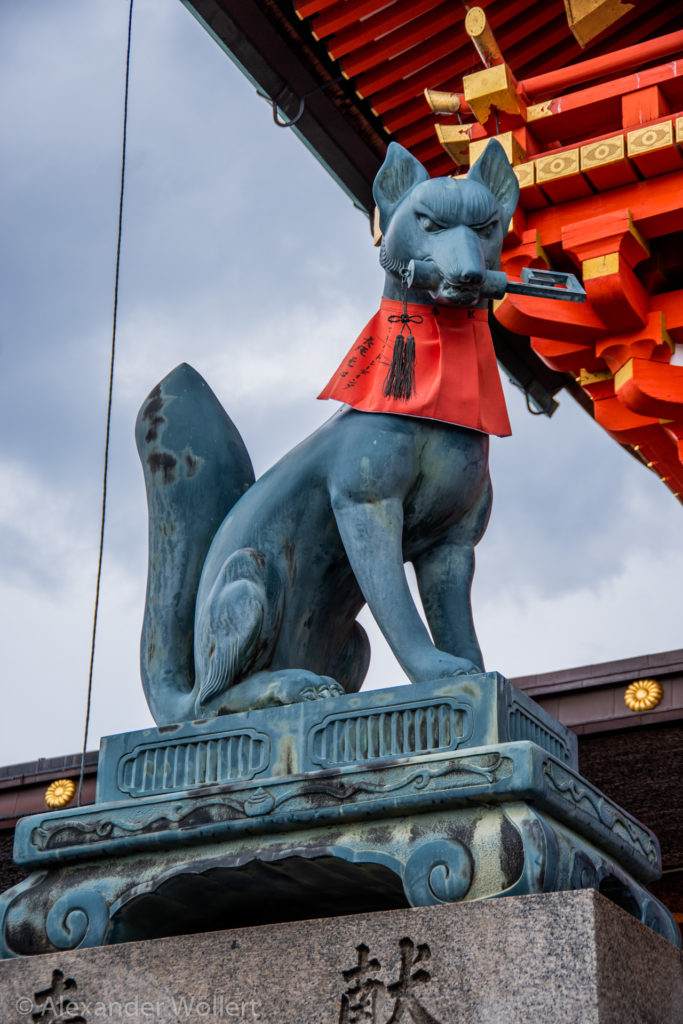
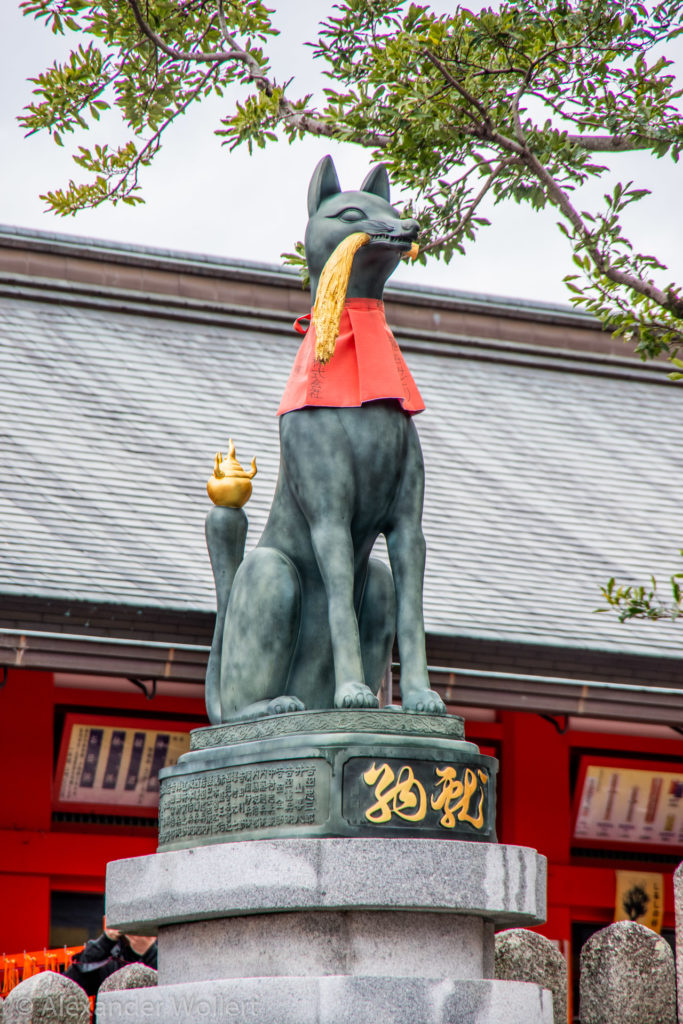
Lesson 10: What does the fox say?
In Kyoto you can always find a popular figure. The fox is a sacred animal in the area and statues depict foxes with a key in their mouth. The key symbolizes access to the rice silos and the fluffy predators helped people at the time by eating mice that were a threat to the rice. The more foxes there were, the better it was for people’s nutrition and the more profitable it was for those who owned the food pantries.
This place is famous for its many red gates that line the paths of the mountain. Rich families or companies donate money to place a red gate between the others as a symbol of their power.
It is an incredible feeling to walk through these tunnels of gates.
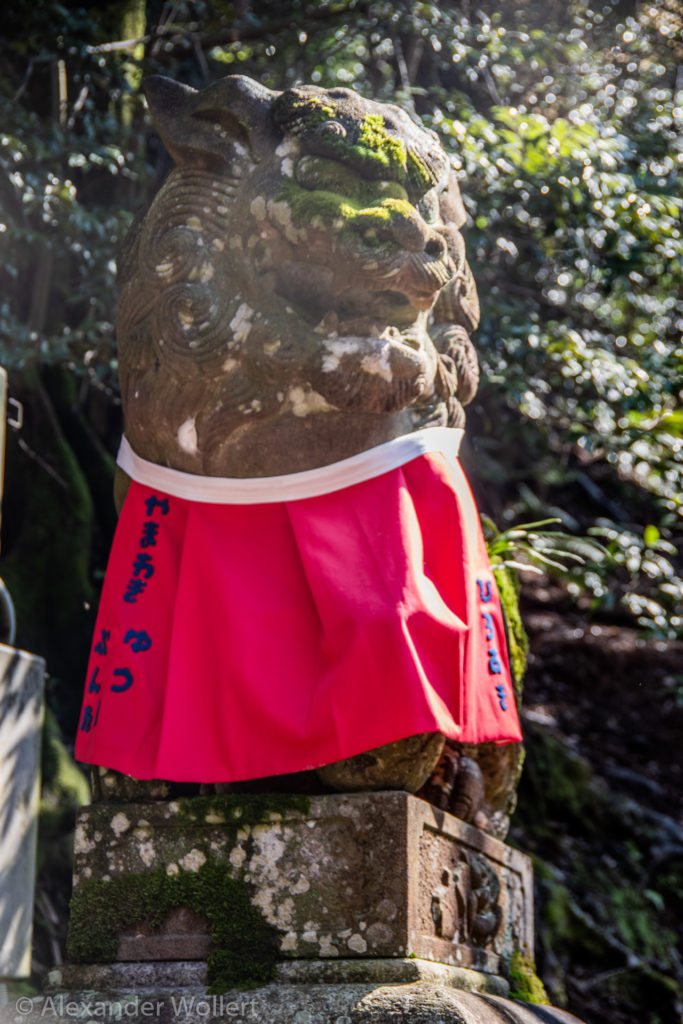
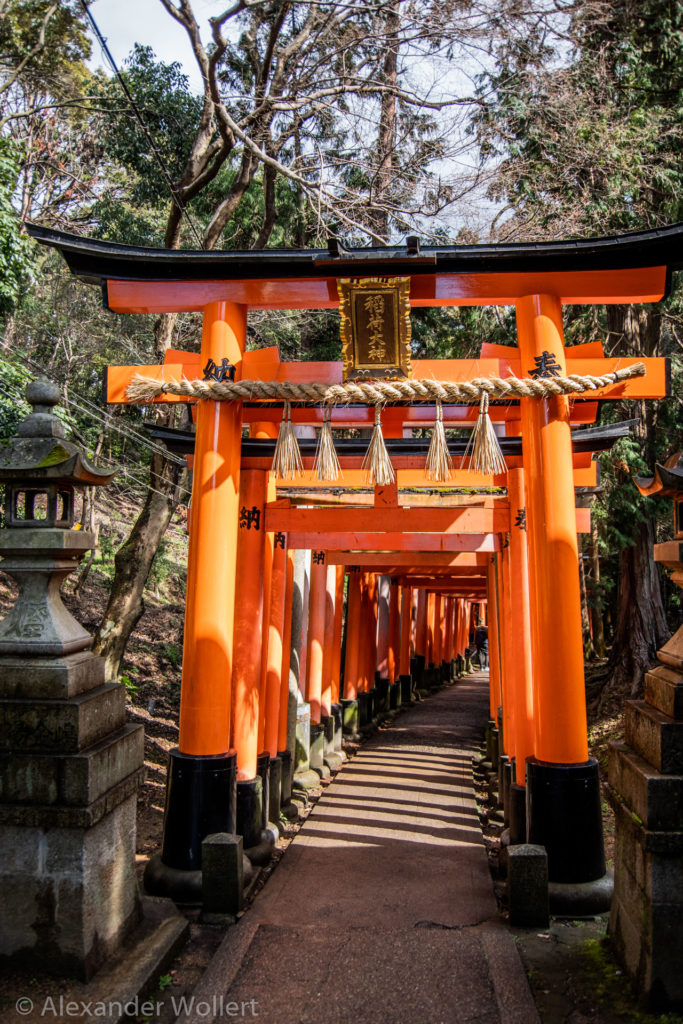

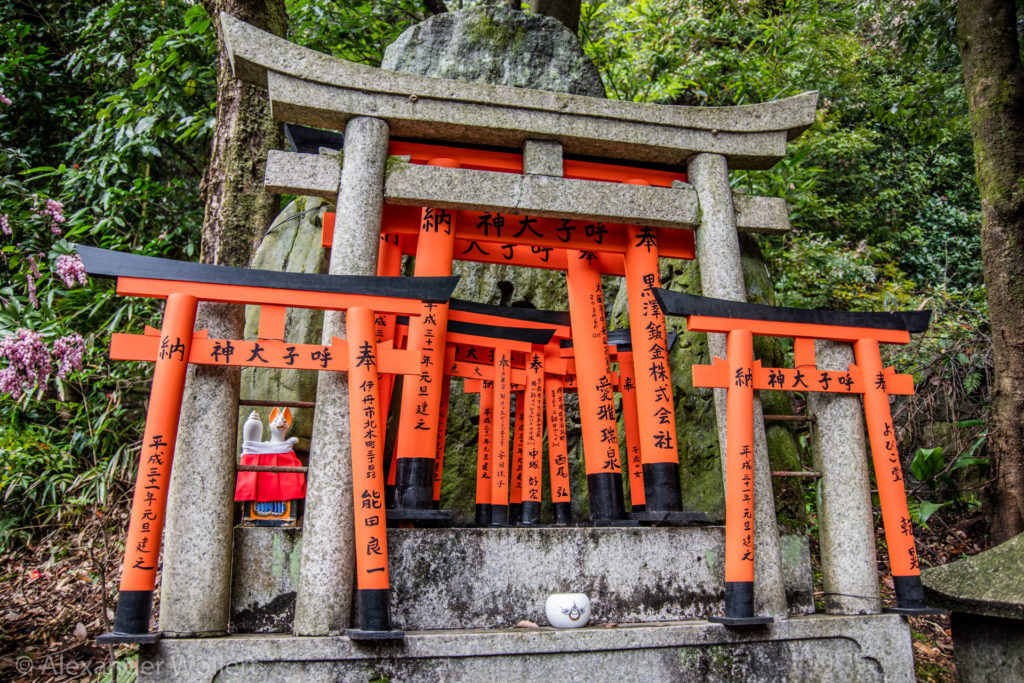

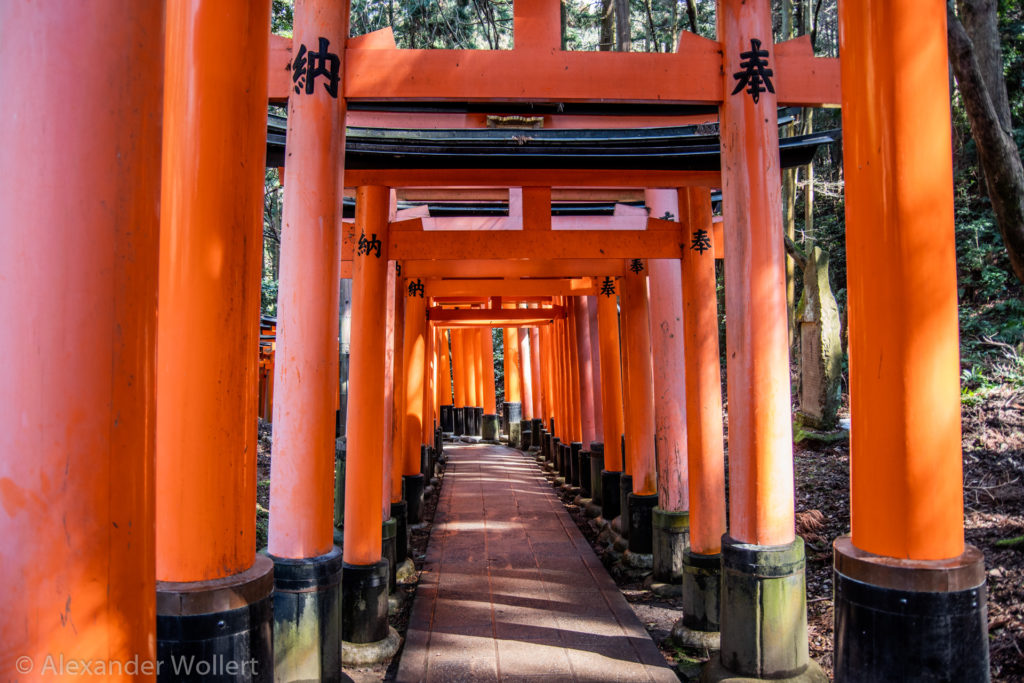


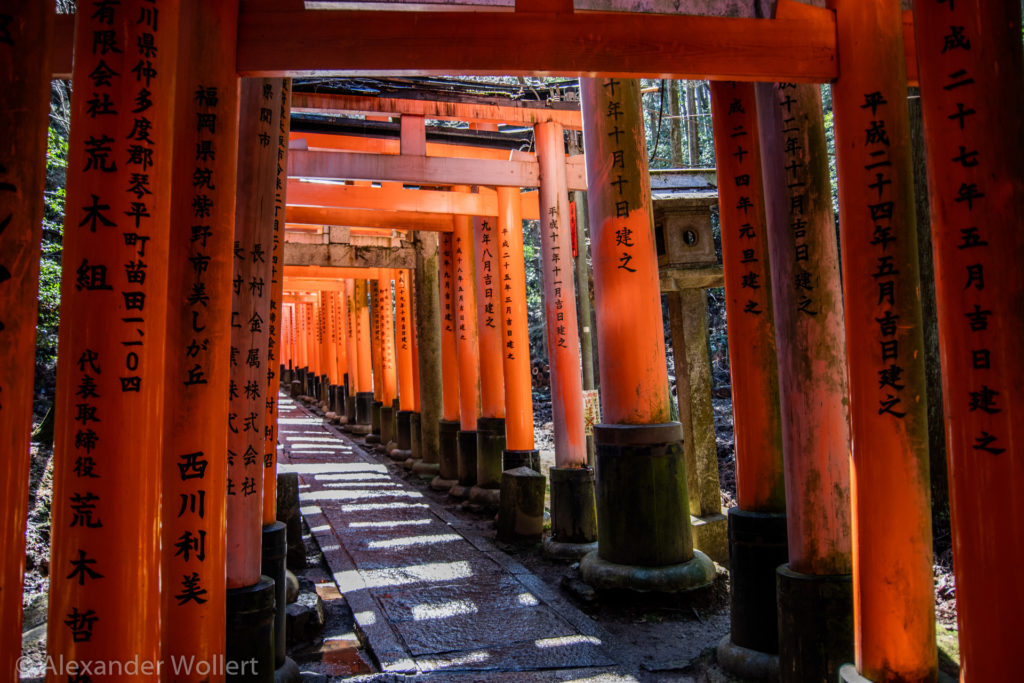
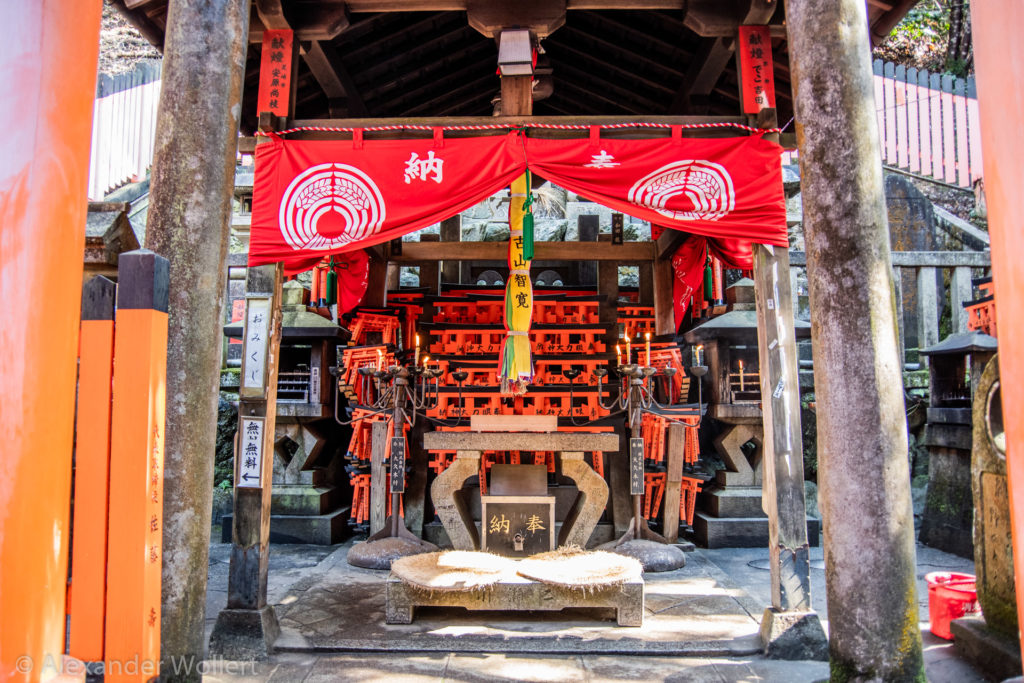
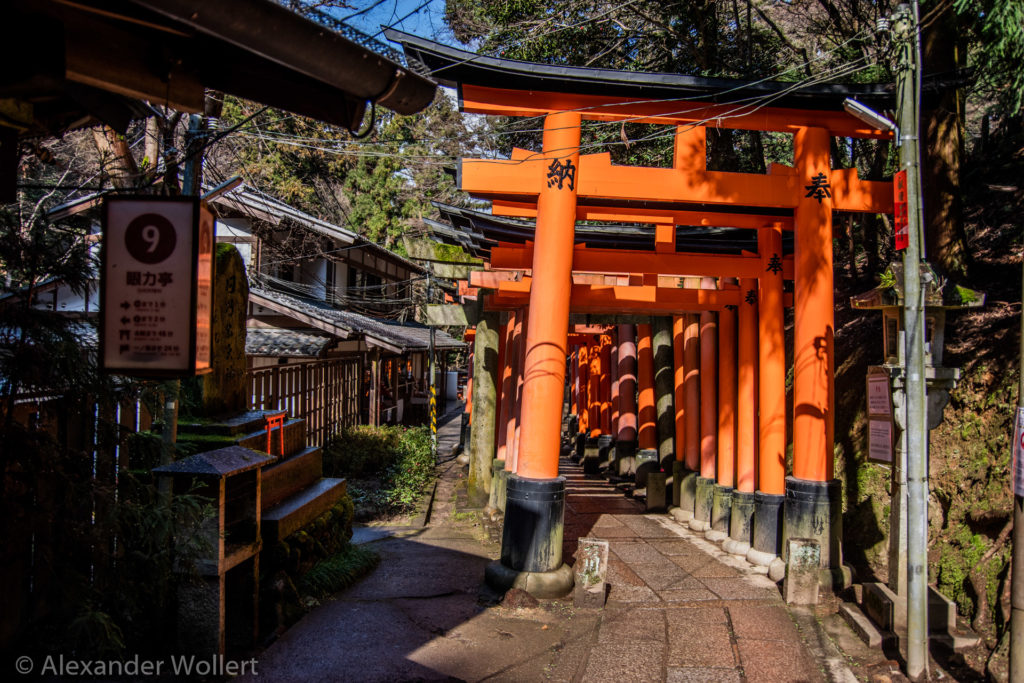
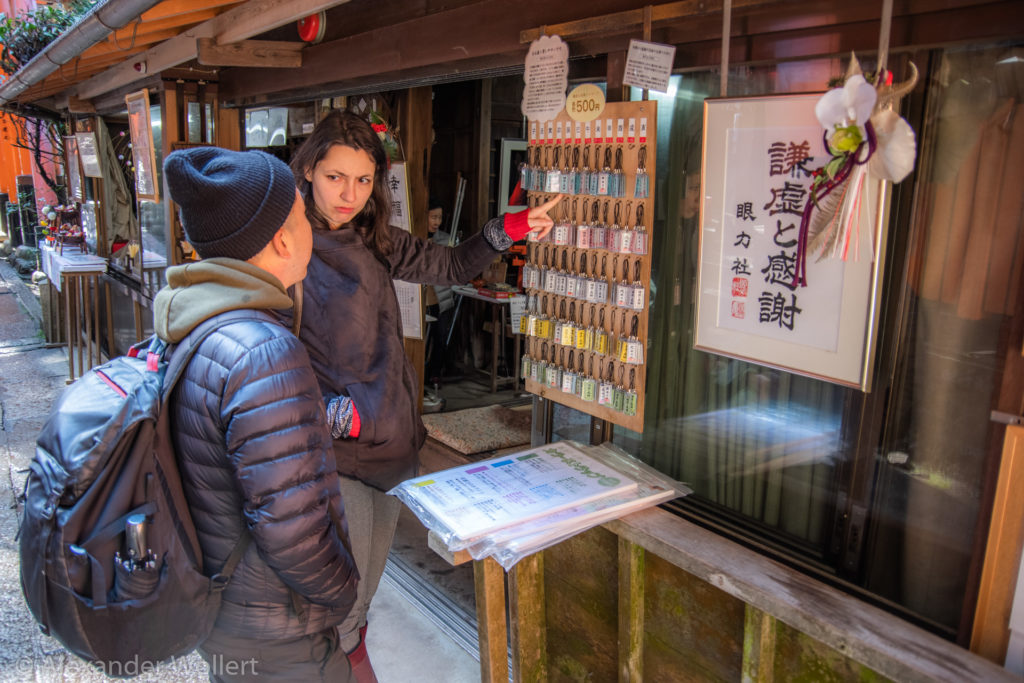
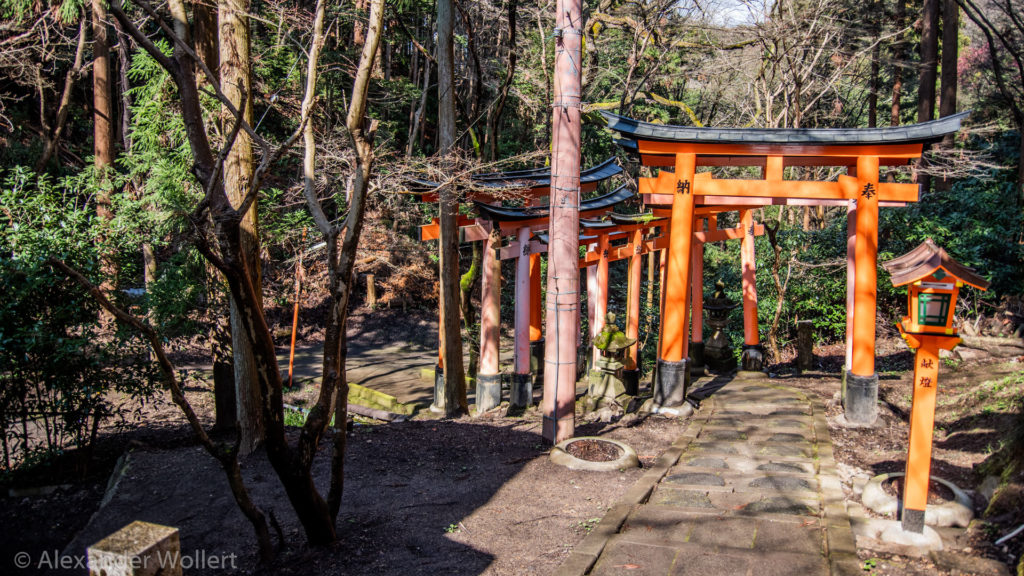
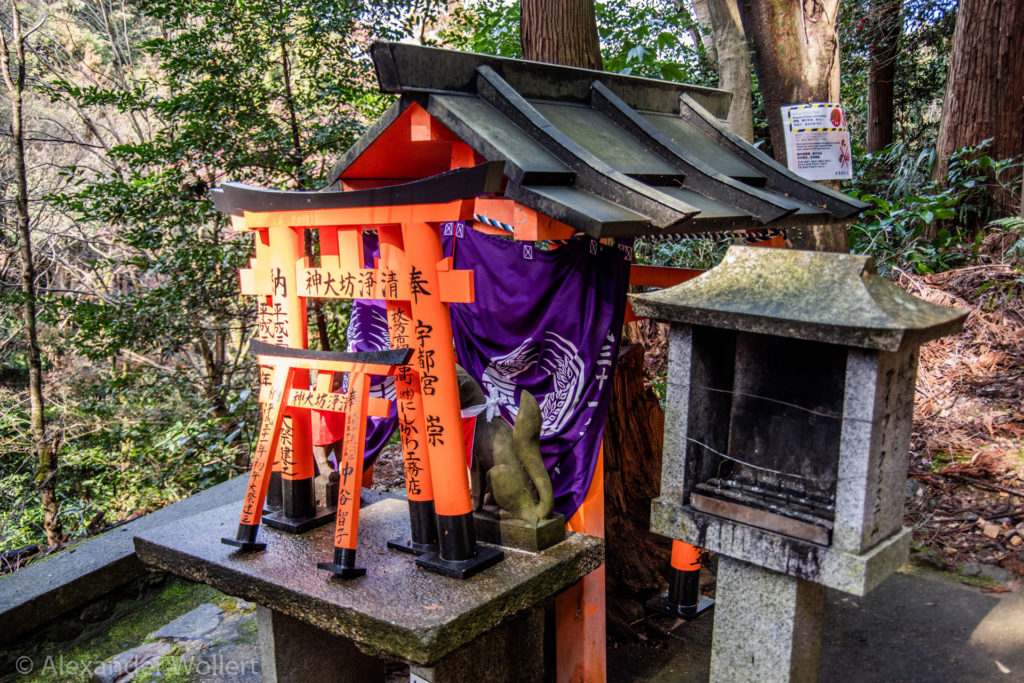
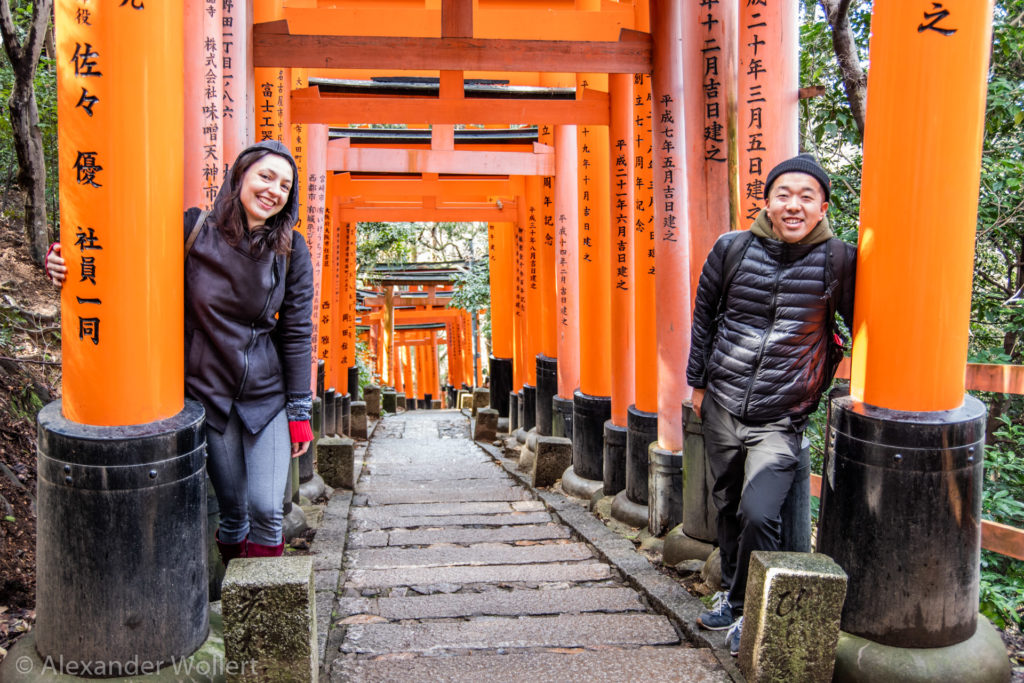
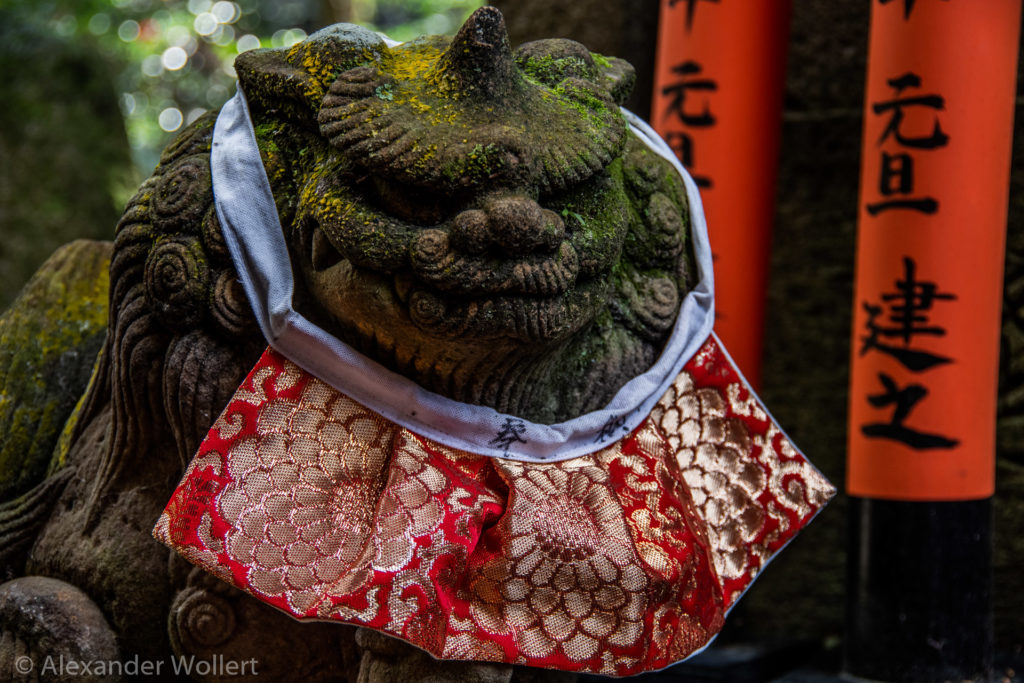
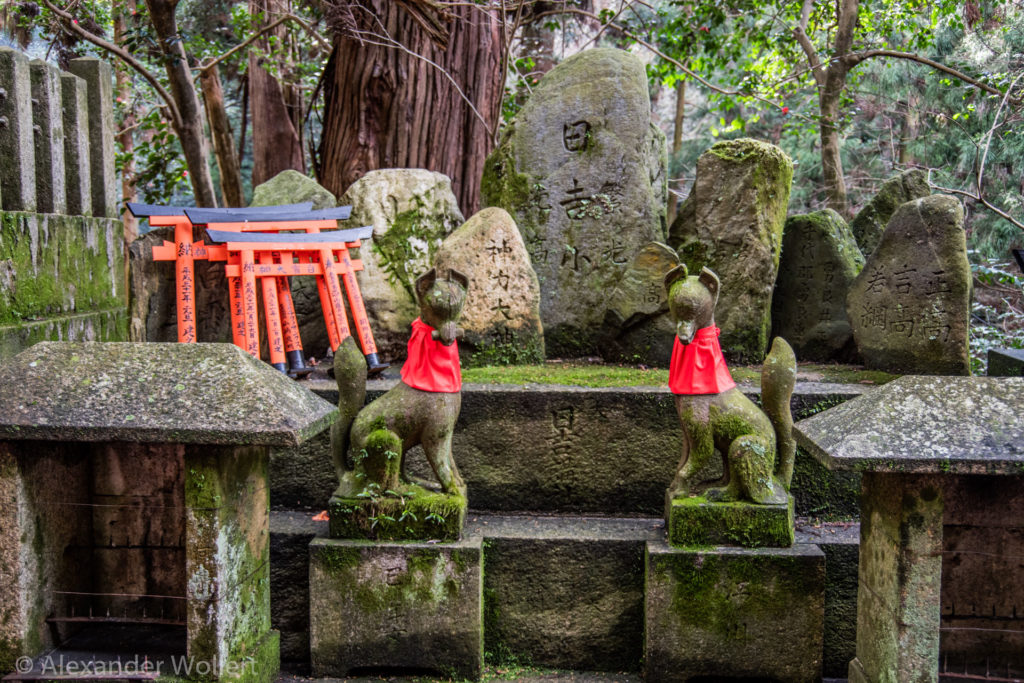

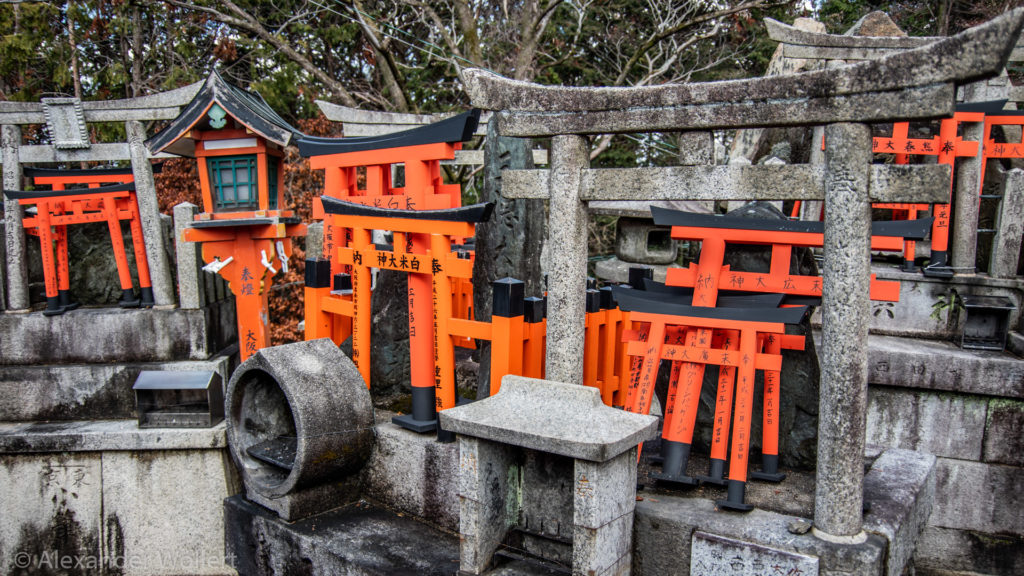
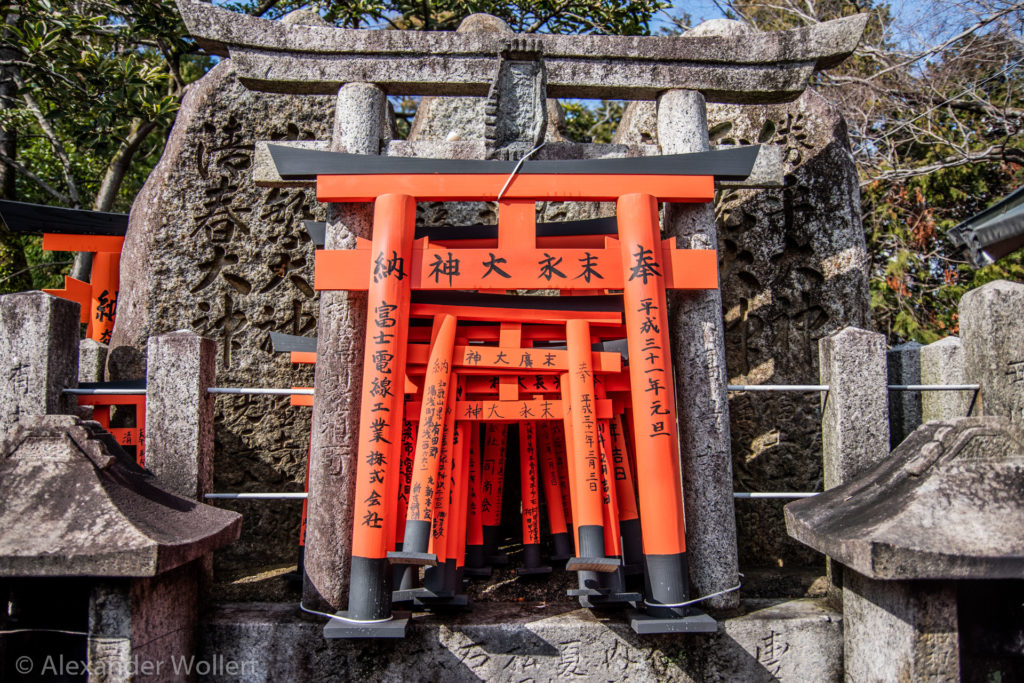
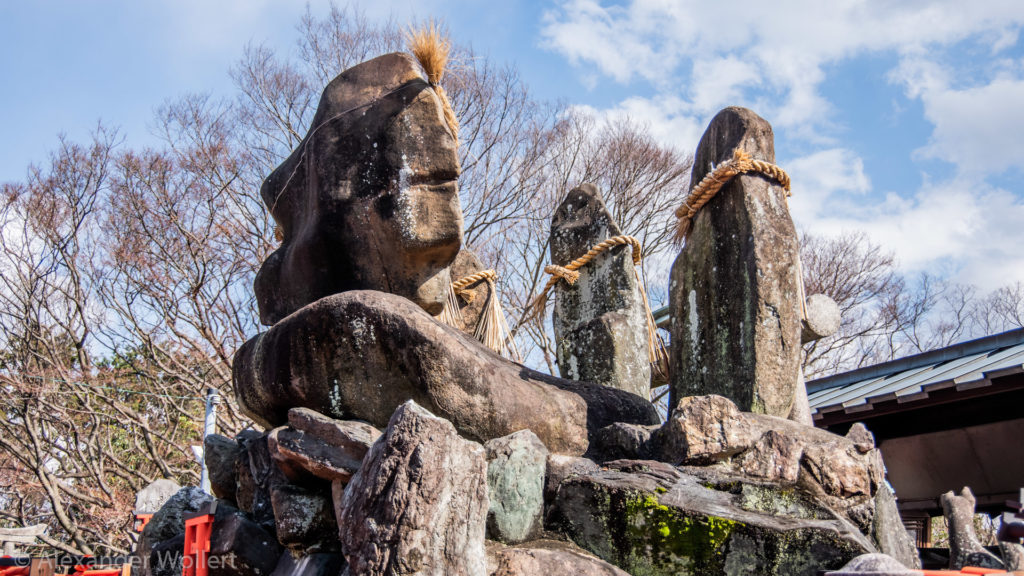
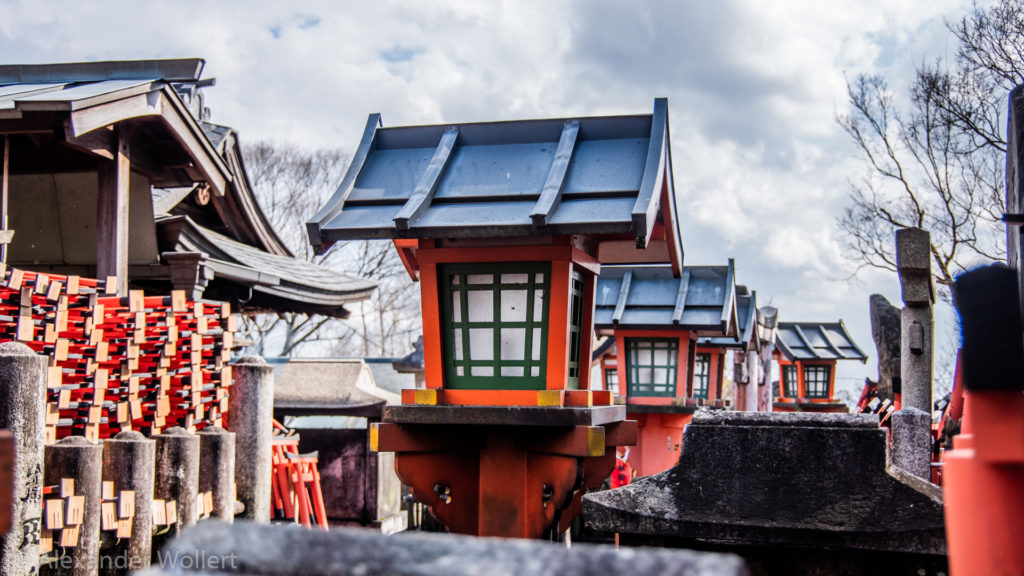
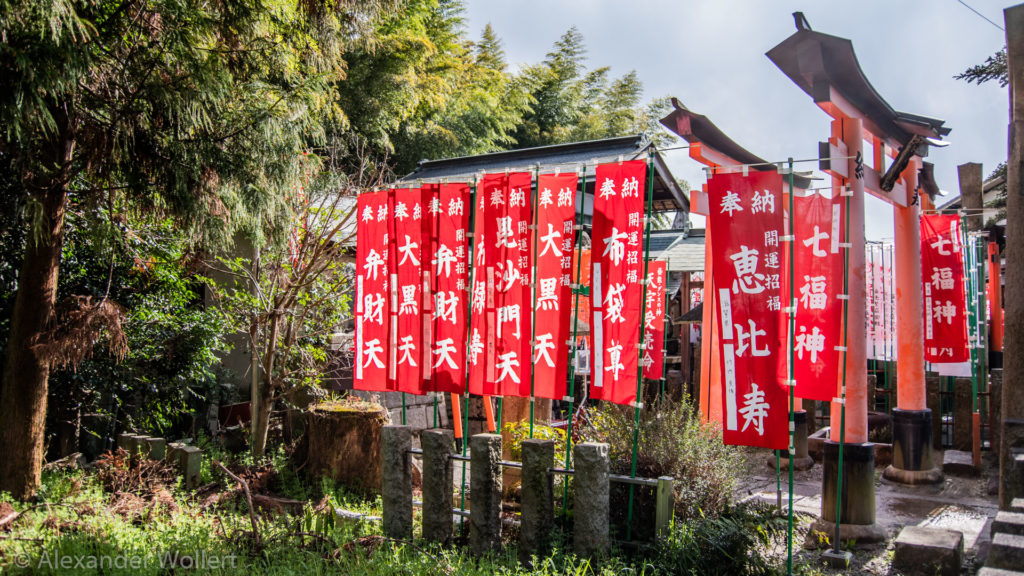
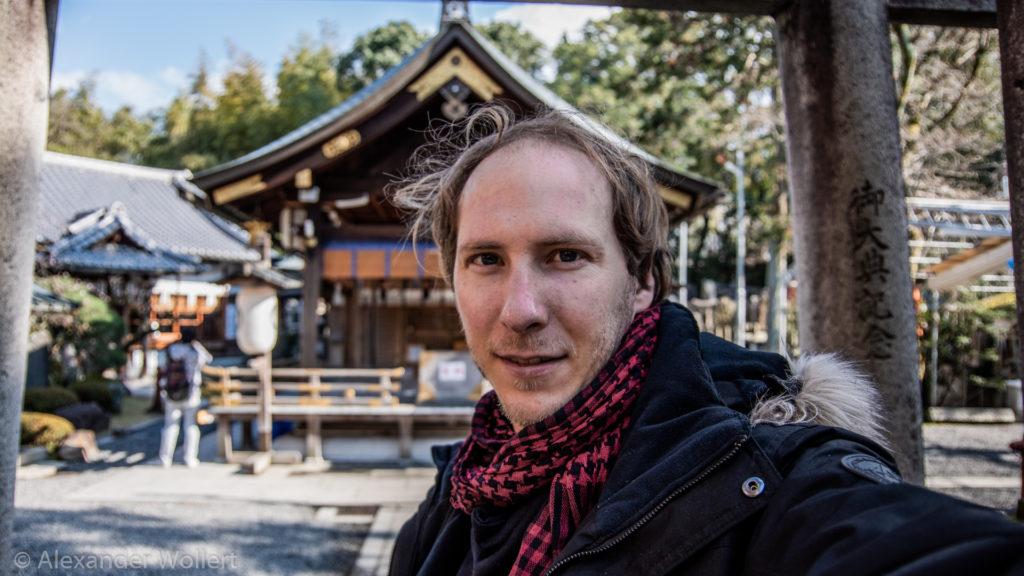
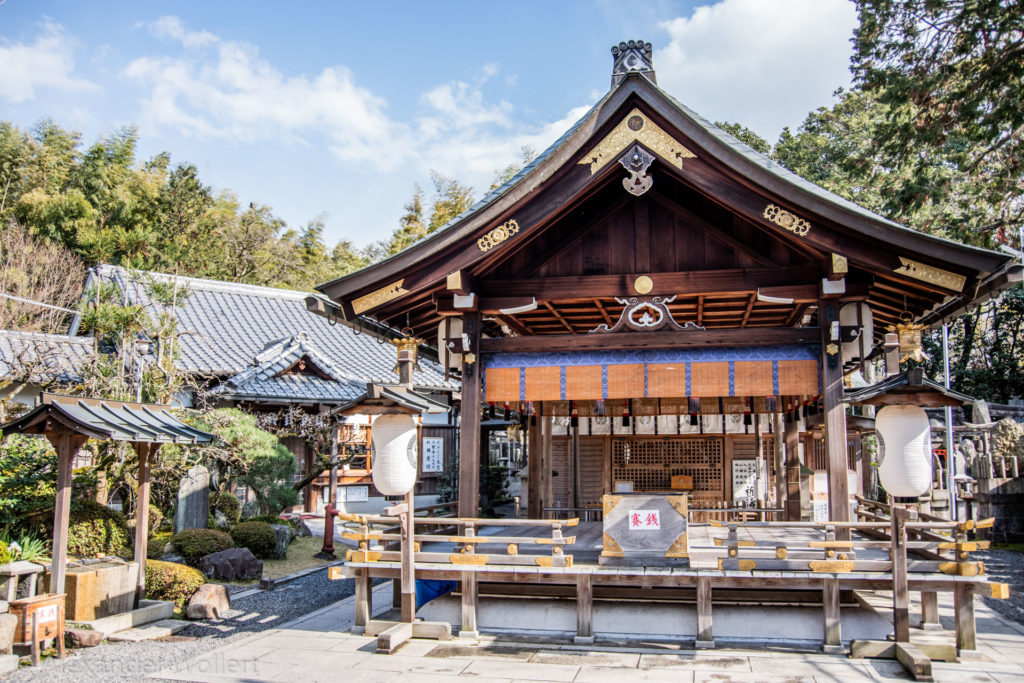
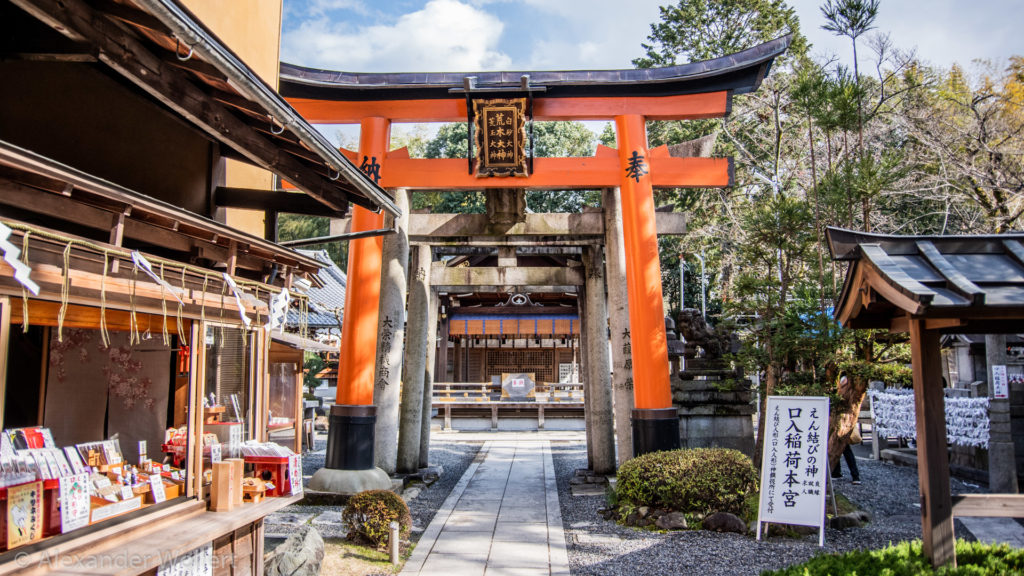

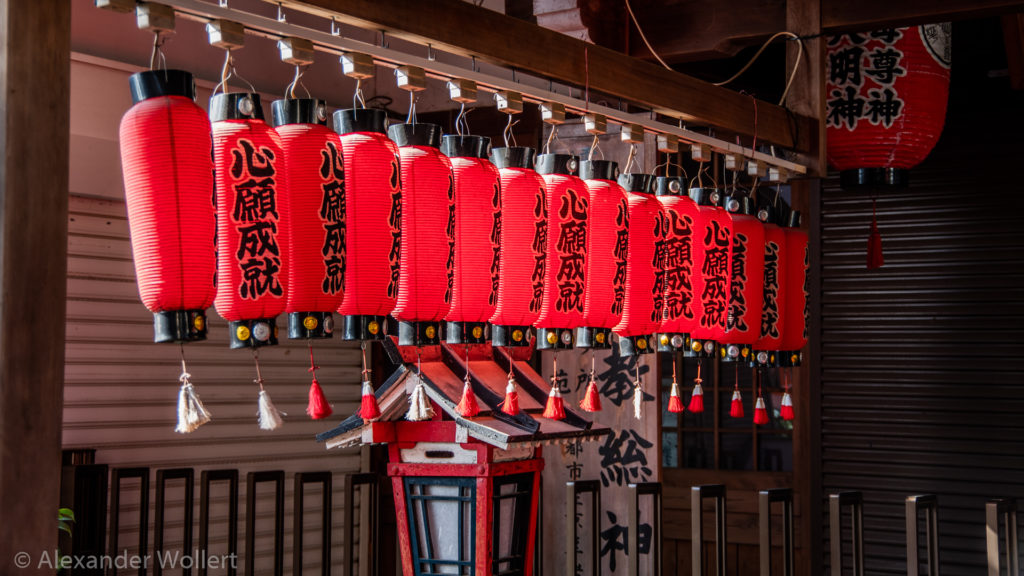
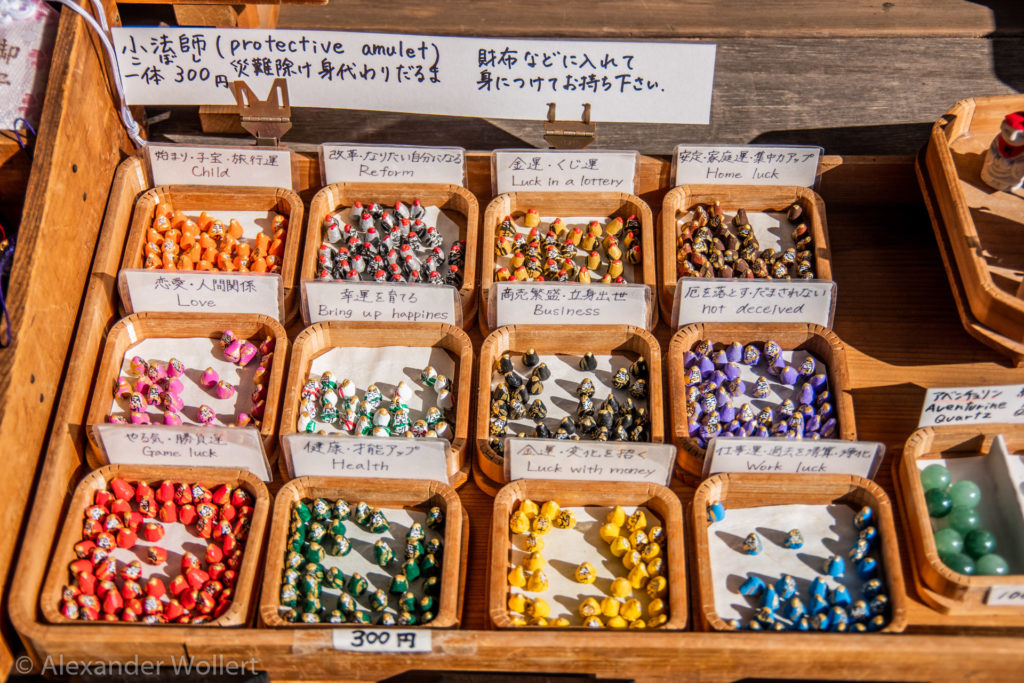
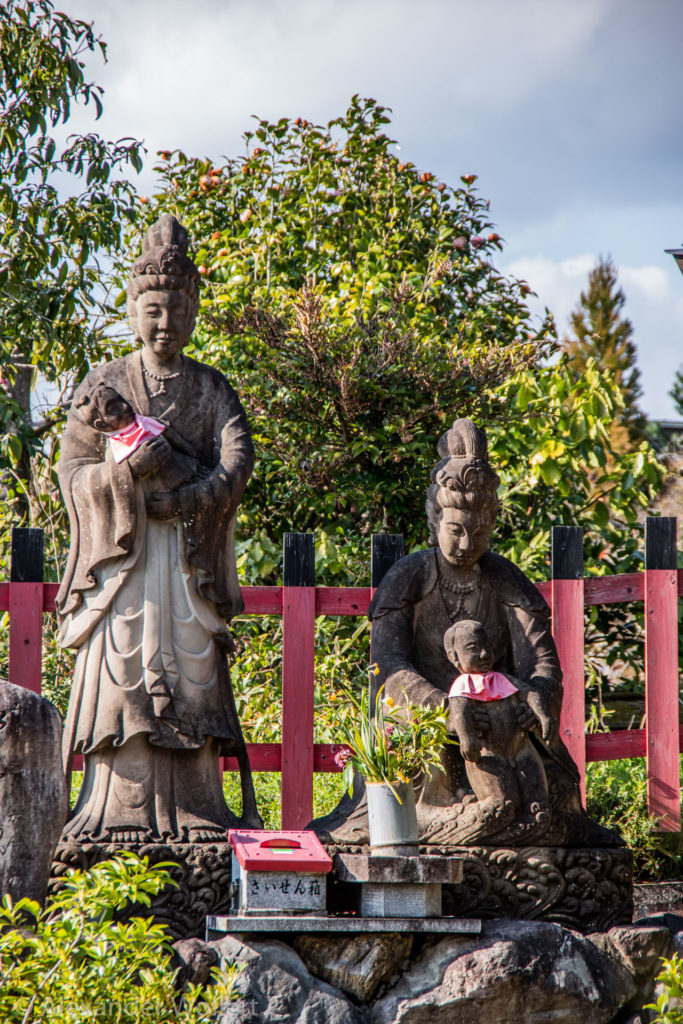
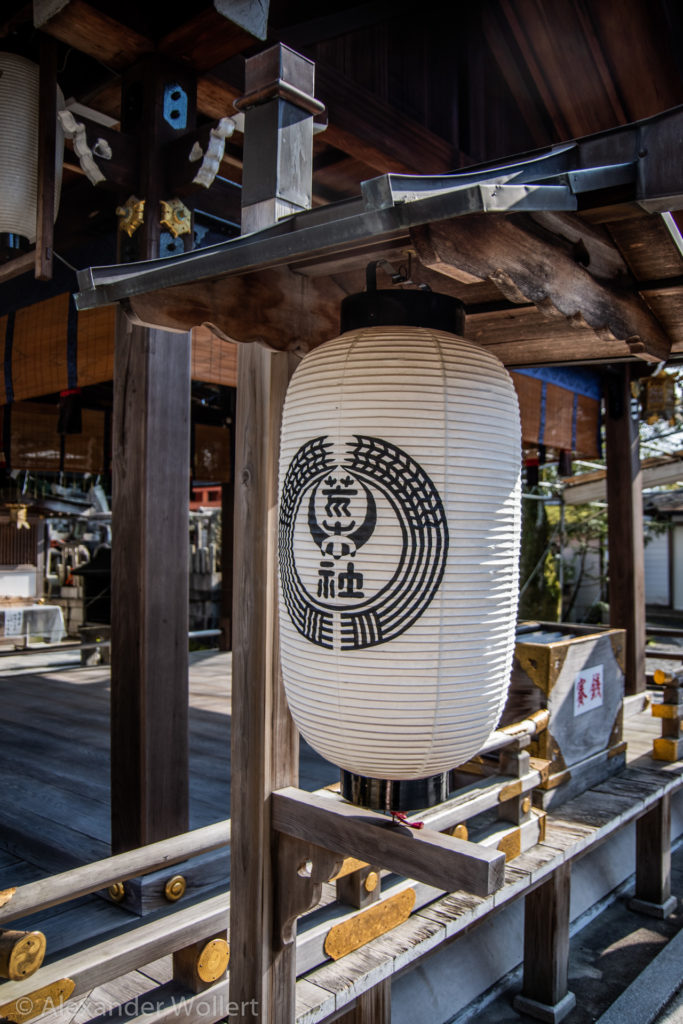
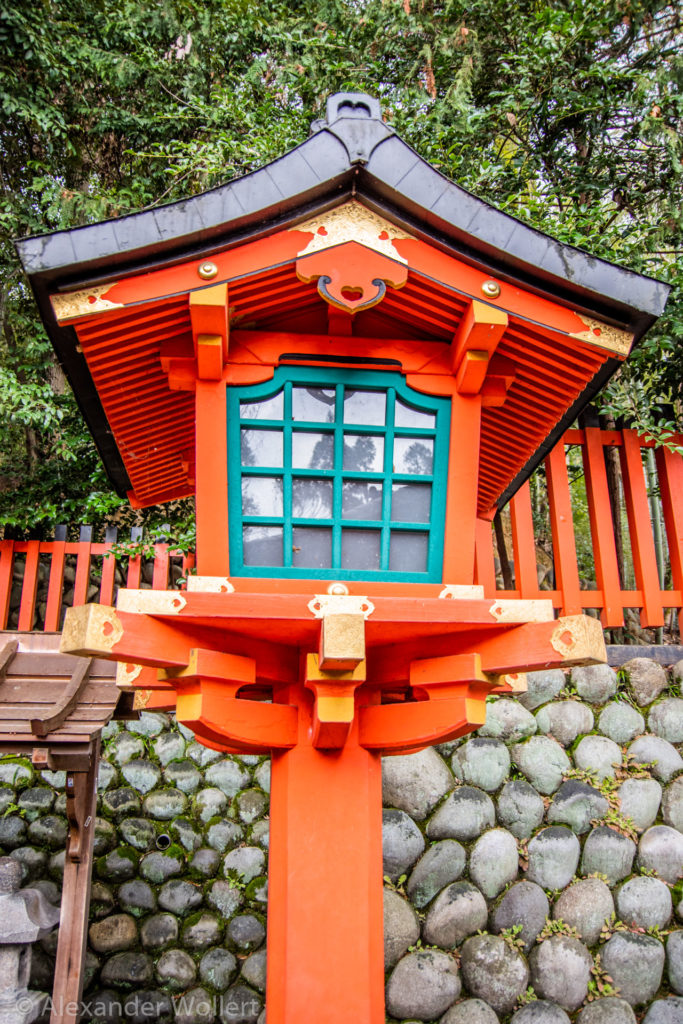
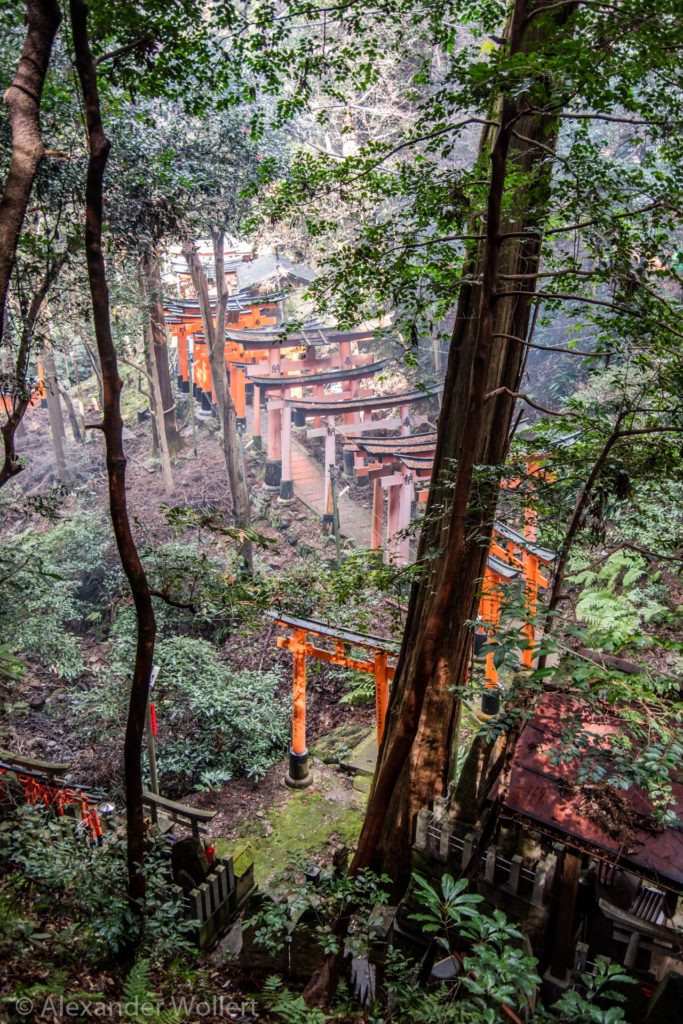
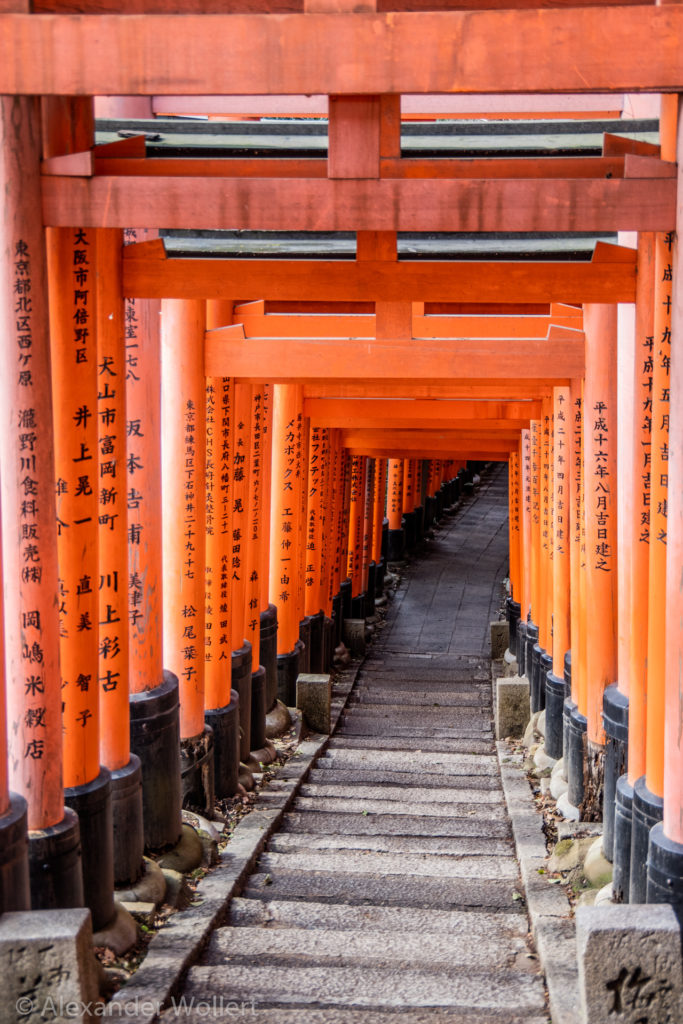

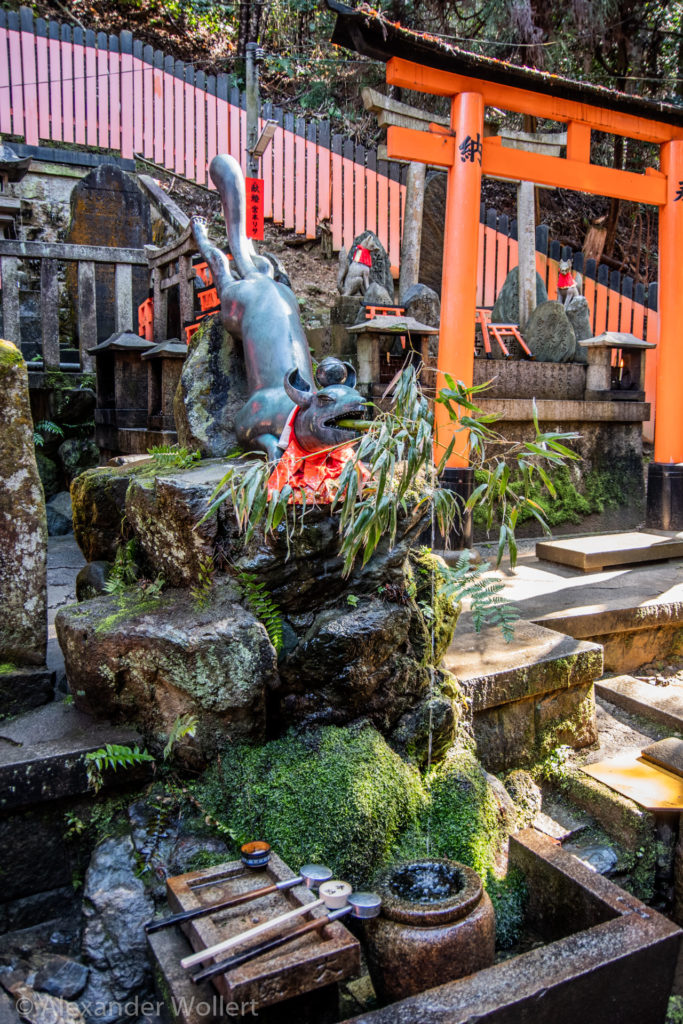
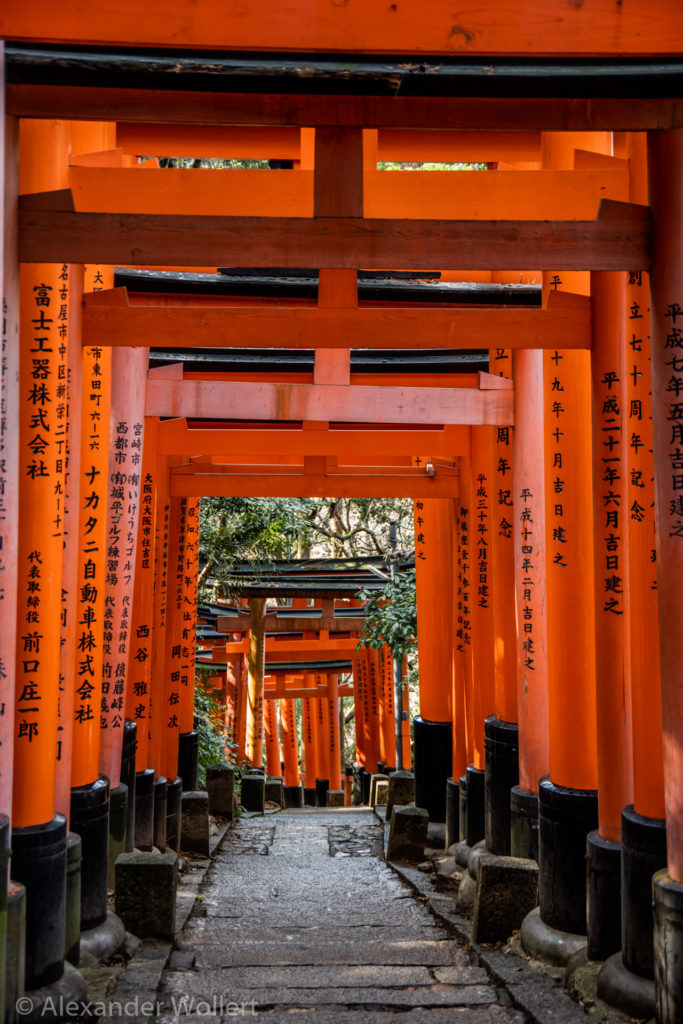
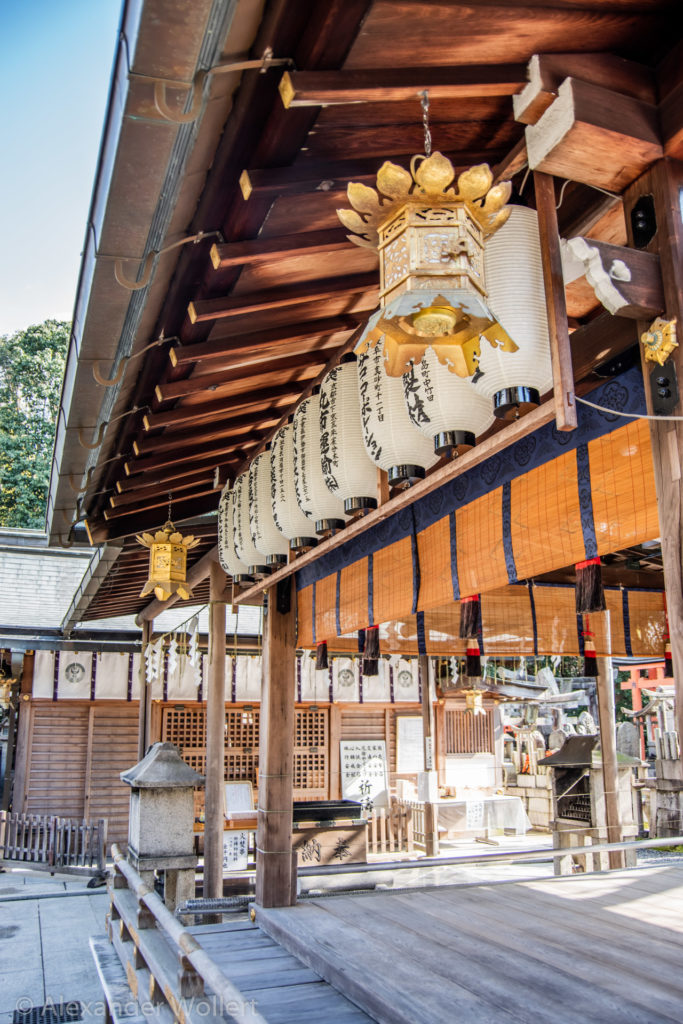
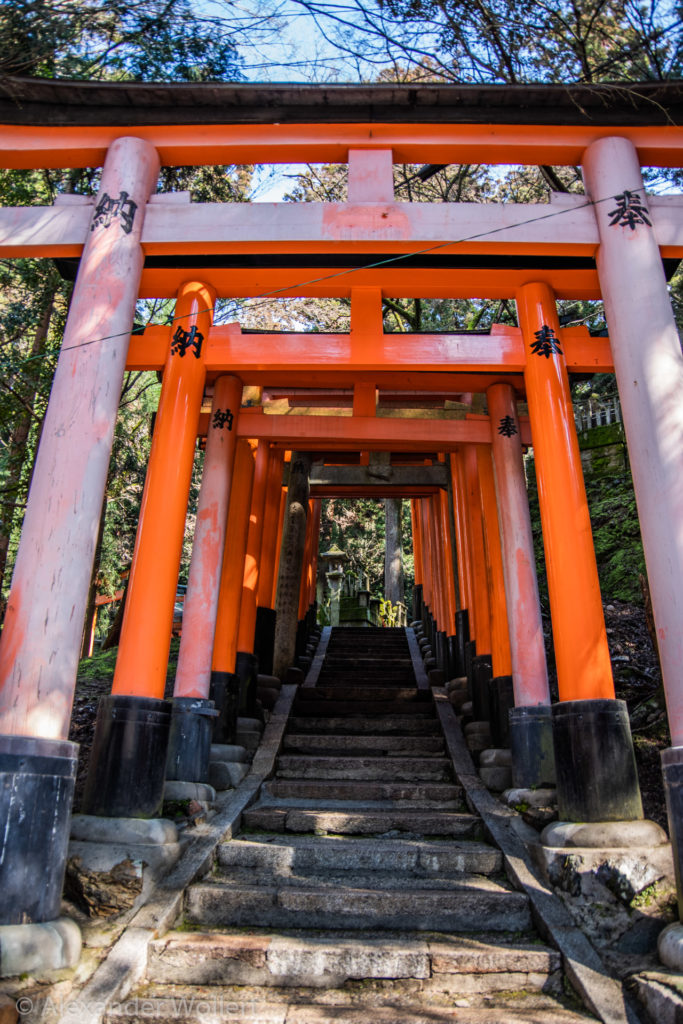
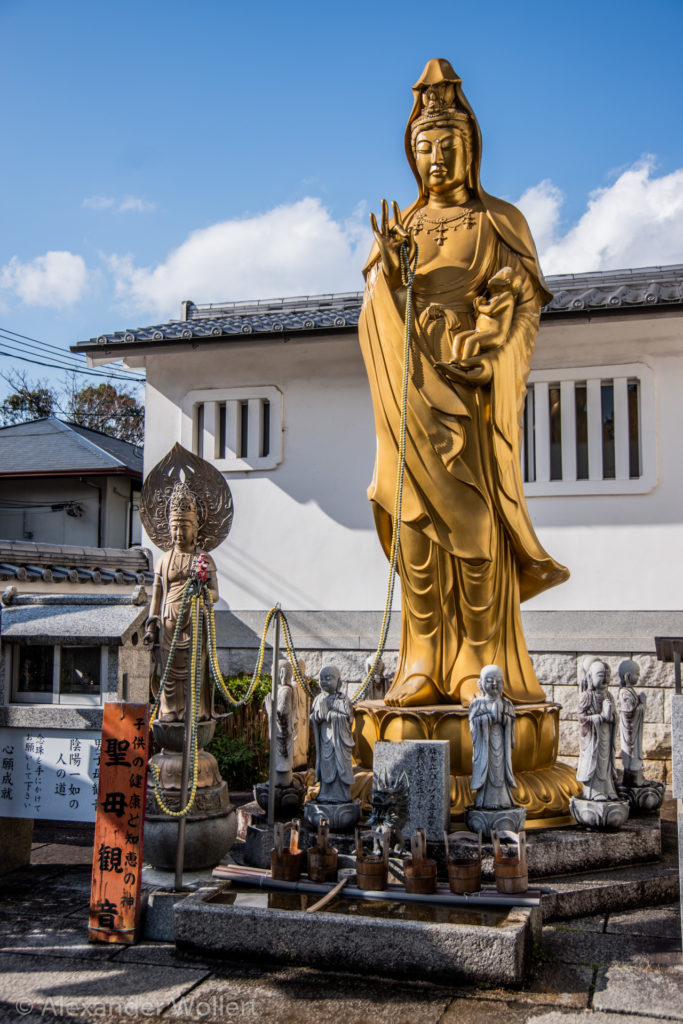
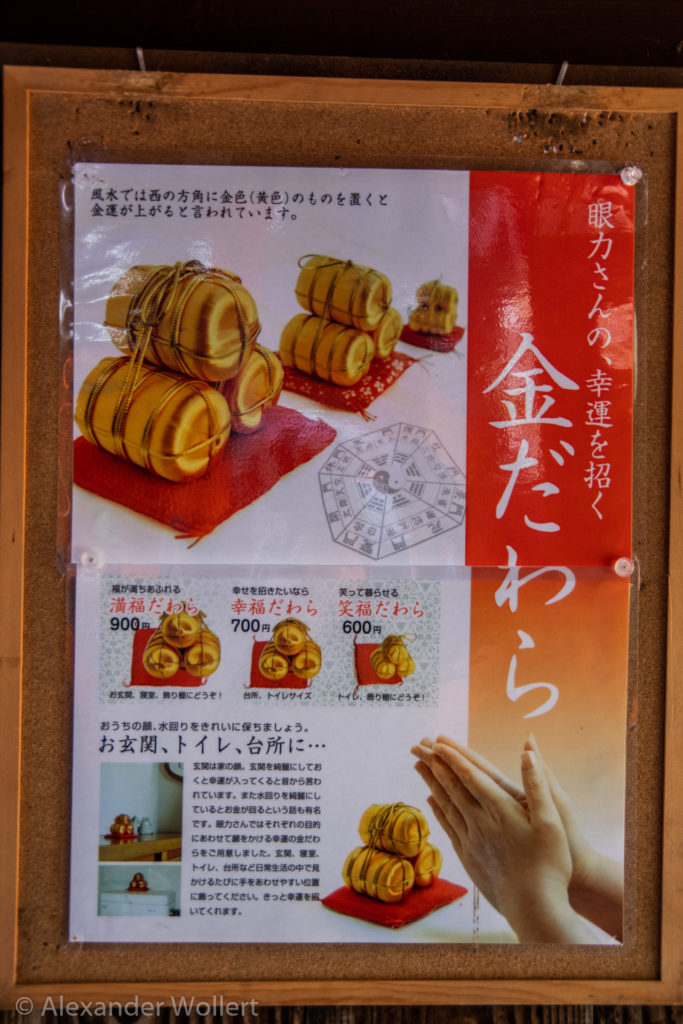
It is common to rent kimono and yukata for such a day when you go to a park and shrines with your family or friends to take stylish photos.
I didn’t hold back on recording it either.
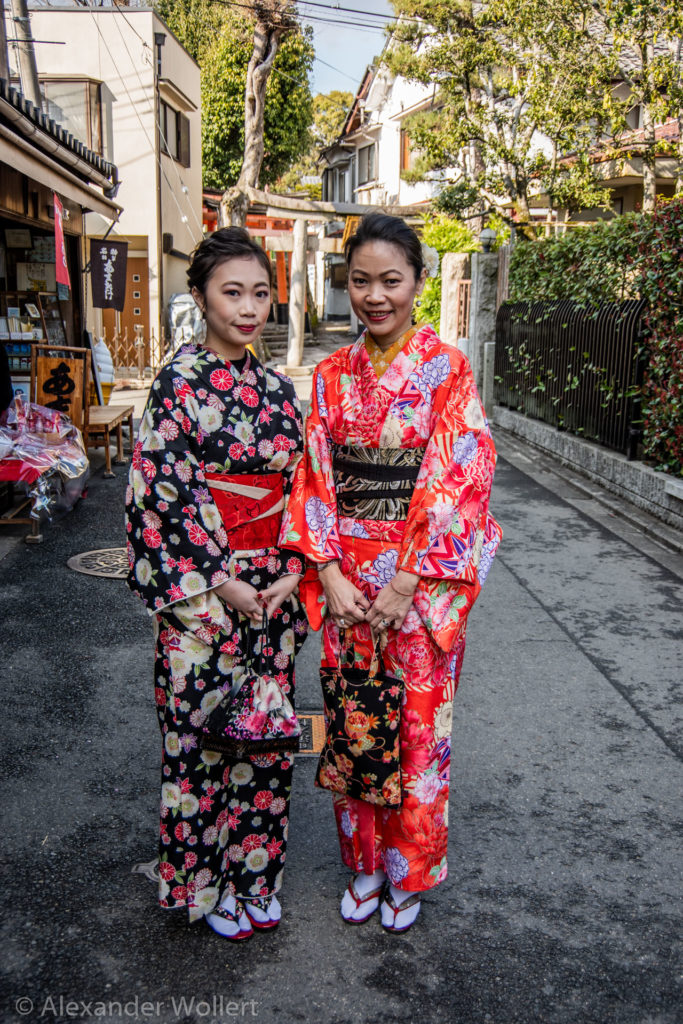
Japanese for complete beginners:
Hello – konnichiwa
Goodbye – Sayonara
Thanks – Arigato
Thank you very much – Domo Arigato
Thank you so much, I want to kiss your feet – Domo arigato go sai mas
You are welcome – Douitashimashite
Please – Kudasai
Sorry – sumimasen
Excuse me – go men nasai
How are you? – o gen ki des ka
I am good, how are you? – ego ga hanasemas ka
I don’t understand – wakarimasen
Tea – Oja
Yes – hai
No – i e
1 – i chi
2 – ni
3 – san
4 – shi
5 – los
6 – ro ku
7 – shi chi
8 – ha chi
9 – ku
10 – ju
